Tips for Extending the Benefits of Your Massage at Home
August 18, 2025
8 min
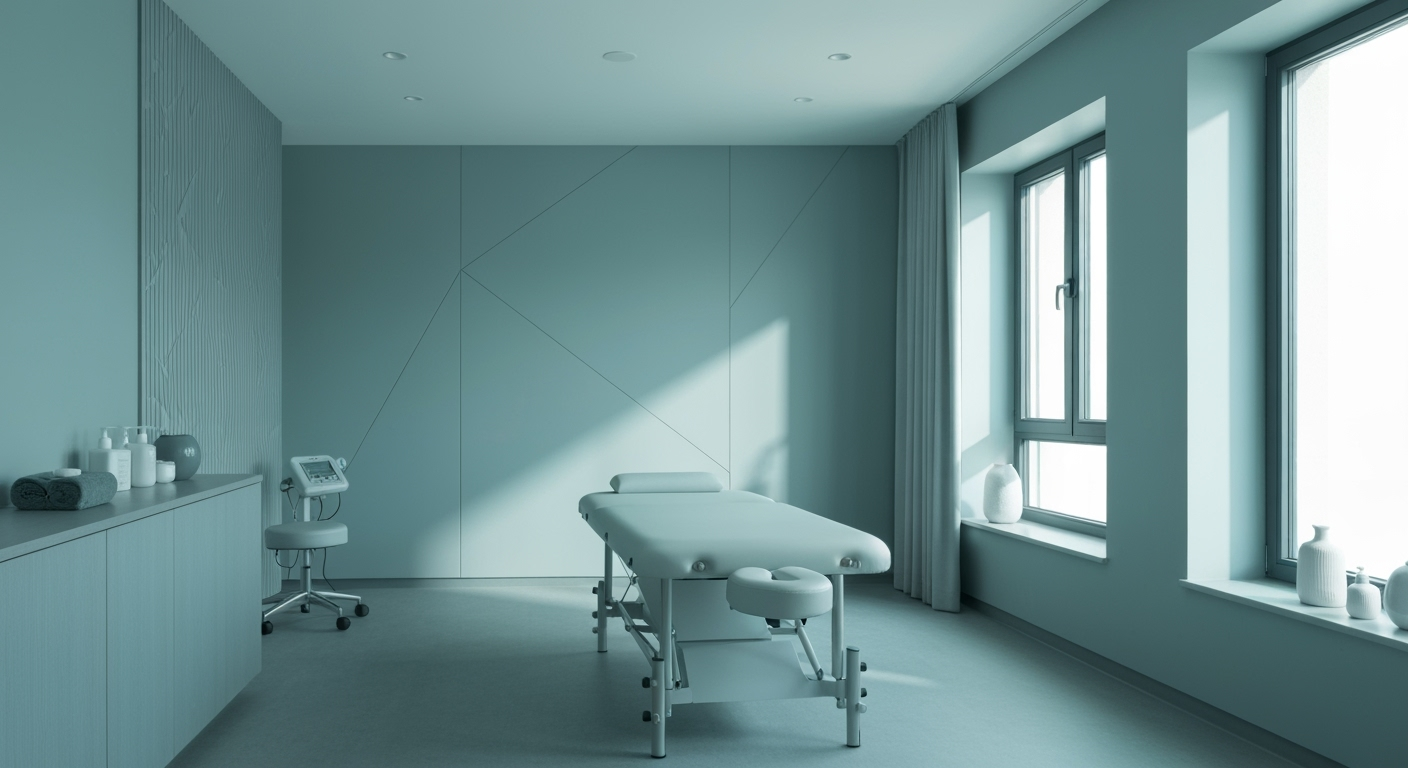
Discover How to Sustain Massage Benefits Beyond the Therapy Room
Massages offer a welcome escape from daily stress and provide physical relief, but their benefits don't have to end when you leave the therapist's table. By incorporating specific strategies and self-care routines at home, you can prolong relaxation, preserve muscle health, and optimize the positive effects of your session. This guide provides practical advice to extend your massage perks through hydration, mindful movement, relaxation techniques, and lifestyle habits that support ongoing wellness.
Effective Post-Massage Self-Care Practices to Maintain Benefits
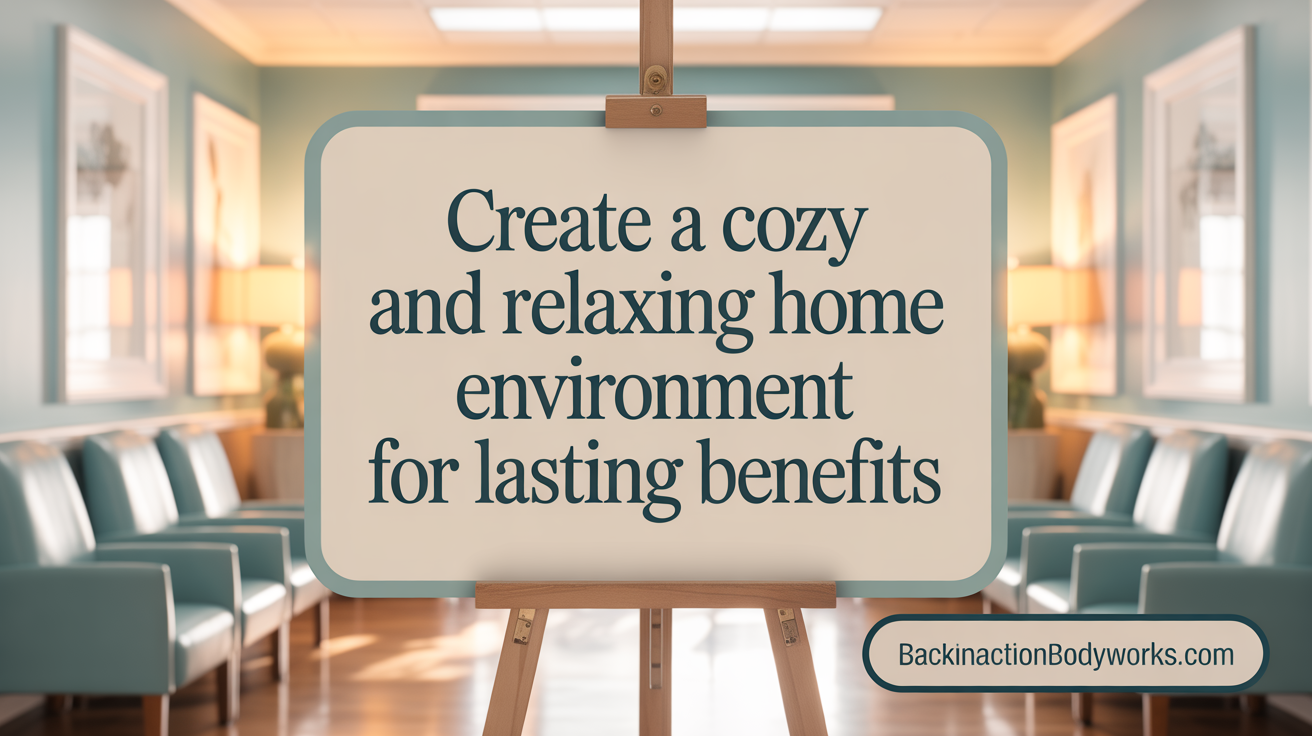
How can I prolong and maintain the benefits of a massage at home?
To extend the positive effects of a massage, incorporating simple self-care routines is highly beneficial. Gentle stretching, especially targeting areas worked on during the massage, can help keep muscles relaxed and improve flexibility. Hold each stretch for about 30 seconds with deep breathing to deepen relaxation.
Staying well-hydrated after your massage is crucial. Drinking plenty of water helps flush out toxins released during the session and supports muscle recovery. It’s especially helpful to drink a full glass of water immediately afterward and continue sipping throughout the day.
Creating a calming environment at home also supports ongoing benefits. Reducing noise levels, avoiding screens, and resting in a quiet space allow your nervous system to process the relaxation. Taking time for quiet walks or outdoor activities can further enhance your sense of well-being.
Nourishing your skin and body with skin-friendly products and a balanced diet enriches your massage benefits. Moisturizing your skin with nourishing lotions after showers maintains skin health and prolongs the soothing effects.
Avoiding strenuous activities immediately after a massage helps your body recover fully. Instead, opt for low-impact exercises like walking, yoga, or swimming to maintain circulation and muscle flexibility.
Overall, consistent self-care—hydration, gentle movement, relaxation, and proper nutrition—ensures you enjoy the full, lasting benefits of massage therapy, supporting your long-term wellness and comfort.
Incorporating Stretching and Gentle Movement for Lasting Relief
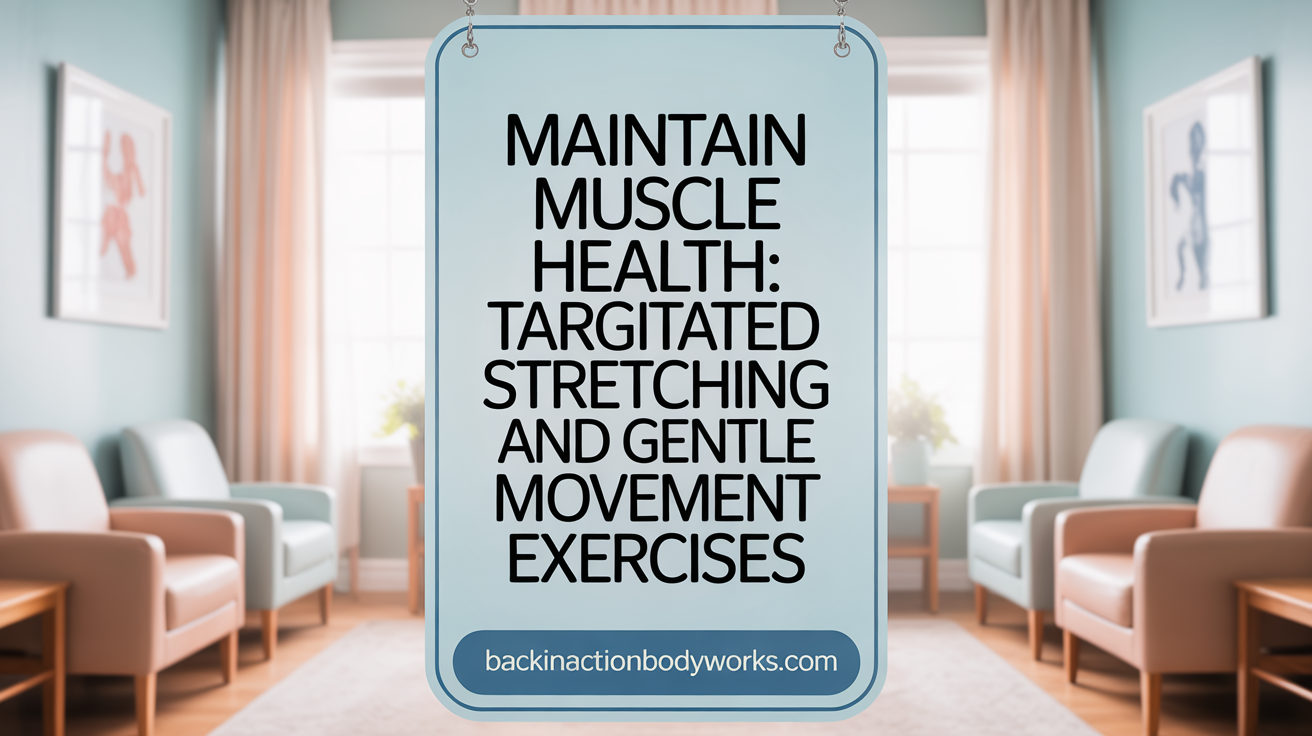
How can I prolong and maintain the benefits of a massage at home?
To extend the positive effects of a massage, incorporate regular self-care routines like gentle stretching. These movements help improve flexibility, prevent stiffness, and support muscle recovery, making the benefits of professional massage last longer.
What are some effective daily stretching routines?
A daily stretching routine should target areas most worked during massage, such as the neck, shoulders, back, legs, and hips. Hold each stretch for 15-30 seconds and focus on deep breathing to maximize relaxation.
Which muscle groups should I focus on?
Targeted areas include the neck, shoulders, back, hips, and legs. These are commonly affected by tension buildup and are frequently addressed in massage sessions. Regularly stretching these zones helps maintain joint mobility and muscle length.
How does gentle movement after massage affect recovery?
Engaging in light activities like walking or casual cycling after a massage promotes circulation, aids in muscle realignment, and supports nerve system reset. These movements help eliminate toxins, reduce residual soreness, and reinforce relaxation.
What activities are recommended?
Activities such as yoga, swimming, brisk walking, or light cycling are ideal. They provide low-impact cardio benefits, enhance flexibility, and sustain the muscle relaxation achieved during massage.
What are correct stretching techniques?
Proper stretching involves gentle, controlled movements without forcing the body into pain. Hold each stretch steadily for 15-30 seconds, breathe deeply, and avoid bouncing or overstretching to prevent injury.
| Activity | Target Area | Benefits | Tips |
|---|---|---|---|
| Yoga | Full body, hips, back | Improves flexibility, reduces stress | Use gentle poses, focus on breathing |
| Walking | Legs, hips | Enhances circulation and muscle tone | Maintain a steady pace |
| Light Cycling | Legs, lower back | Supports joint health and muscle endurance | Keep intensity low, avoid strain |
| Gentle Stretching | Targeted muscles | Maintains range of motion, prevents stiffness | Focus on areas worked during massage |
Regular incorporation of these routines can help sustain the benefits from massage therapy, leading to longer-lasting relief, increased flexibility, and overall well-being.
Lifestyle Habits That Complement Massage Therapy
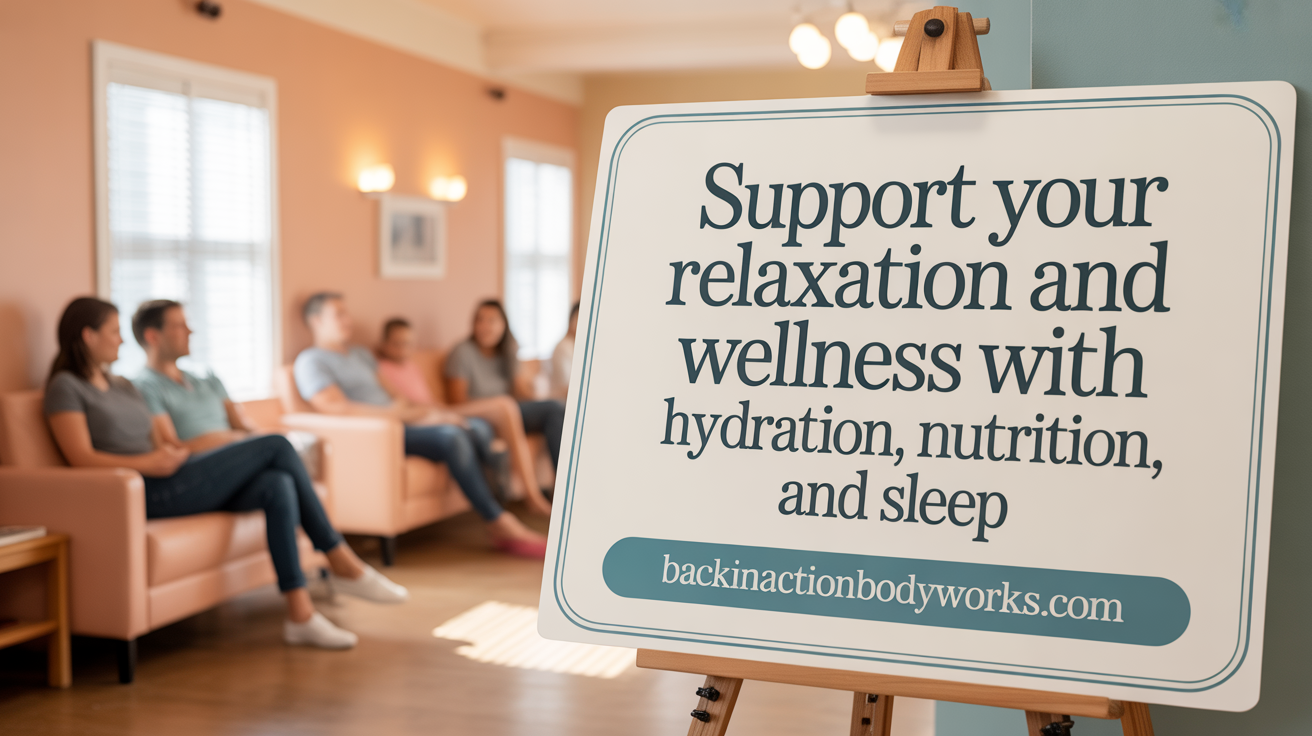
How can I maximize the benefits of a massage session?
To get the most out of your massage sessions, it's helpful to adopt lifestyle habits that support relaxation and recovery. Stay well-hydrated by drinking plenty of water before and after your massage, as it helps flush out toxins released during the session and keeps your muscles hydrated.
Eating anti-inflammatory foods like leafy greens, berries, nuts, and fatty fish can also boost tissue health and prolong the benefits of massage. These nutrients support your body's natural healing processes, making the relaxation effects longer-lasting.
Engaging in regular physical activities such as yoga, swimming, cycling, or walking can improve circulation, strengthen muscles, and enhance flexibility. These activities work in tandem with massages, helping to sustain muscle relaxation and prevent tightness from returning.
Quality sleep is essential for muscle recovery. Creating a restful environment at home, with a comfortable space and good sleep habits, allows your body to absorb massage benefits fully. Using relaxation techniques like deep breathing, mindfulness meditation, or warm baths with Epsom salts can release residual tension and calm the nervous system.
Additionally, incorporating gentle stretching into your daily routine can maintain and improve flexibility. Stretching areas targeted during massage for 15-30 seconds each helps sustain openness and prevents tightness.
Scheduling regular massage sessions and supporting them with these habits can significantly enhance your overall well-being. Choosing qualified therapists, describing your needs, and integrating complementary therapies like yoga or breathwork makes your wellness routine more effective.
Techniques to Enhance At-Home Massage Quality
What techniques can enhance the quality of an at-home massage?
To make your self-massage sessions more effective and relaxing, focus on using your hand muscles efficiently by engaging your legs and body weight rather than tiring out your arms. Keep your back and neck straight with elbows aligned to prevent strain.
Perform massages slowly and with mindfulness. Paying attention to each movement helps deepen relaxation and ensures you target the right areas.
Using appropriate tools such as foam rollers, massage balls, or even tennis balls can help reach tight muscles and trigger points that are hard to work with just your hands.
Self-massage methods include: applying gentle pressure in circular motions, holding stretches for 15-30 seconds, and gradually increasing pressure as muscles relax.
Effective use of body weight involves leaning into the tool or muscle to apply consistent pressure without exerting excessive force with your arms.
Proper hand and body positioning ensures comfort and maximum pressure transfer. For instance, when working on your calves or shoulders, position your body to support your hands and keep joints relaxed.
Slow and mindful approach focuses on being present during the massage, noticing the sensations in your muscles, and avoiding rushing through the movements.
Using tools like foam rollers or massage balls amplifies the effect, especially in hard-to-reach areas like the back, hips, or shoulders. Applying heat or warm compresses beforehand can loosen muscles, making self-massage more relaxing.
Incorporating these techniques creates a more beneficial self-massage experience that can help maintain muscle flexibility, reduce tension, and improve circulation at home.
Is this enough? Or would you like more detailed step-by-step guides?
Integrating Relaxation Techniques and Regular Sessions for Comprehensive Wellness
How can deep breathing and mindfulness aid in extending the benefits of massage?
Deep breathing and mindfulness meditation are effective practices to enhance post-massage relaxation. These techniques help calm the nervous system, reducing residual tension and promoting mental clarity. Taking a few moments to focus on slow, deep breaths can amplify the physical relaxation achieved during massage, supporting ongoing stress relief and muscle ease.
What role do warm baths and heat therapy play in post-massage recovery?
Warm baths, especially with Epsom salts, and heat therapy such as heating pads or hot showers, are excellent for relaxing muscles and releasing residual tension. The warmth increases blood flow, helping tissues recover faster and prolonging the soothing effects of massage. Applying heat can also alleviate soreness and improve flexibility, making it a vital part of a comprehensive recovery routine.
Why is scheduling regular massage sessions beneficial?
Regular massage sessions help manage ongoing muscle tension, prevent knots, and support overall wellness. Consistent visits can improve circulation, enhance flexibility, and reinforce the relaxation gains from previous massages. Planning appointments spaced out appropriately ensures sustained benefits and promotes long-term muscle health.
Which complementary therapies can enhance massage effects?
Complementary approaches like acupuncture, yoga, meditation, and breathwork can significantly support the benefits of massage. These practices work synergistically to improve circulation, reduce stress, and maintain muscle flexibility. Incorporating such therapies into your routine creates a holistic approach to physical and mental health.
How does awareness of emotional and physical feedback influence massage outcomes?
Listening to your body's responses after each massage is essential. Noticing changes in sleep quality, mood, or physical sensations helps tailor future sessions. For example, if heightened relaxation leads to more restful sleep or emotional release, you can communicate this with your therapist or adjust your self-care routines accordingly. Staying attuned ensures each massage contributes optimally to your overall wellness.
Sustain Your Massage Benefits with Consistent Self-Care and Mindfulness
Extending the benefits of your massage session requires more than occasional treatments; it’s an ongoing commitment to self-care and healthy lifestyle habits. By staying hydrated, engaging in gentle stretching, adopting mindful relaxation techniques, and selecting quality massage therapists, you can enhance and prolong the therapeutic effects. Regularly listening to your body's responses and integrating complementary activities like yoga, meditation, and warm baths will not only maintain muscle health but also promote emotional balance and overall well-being. Embrace these simple yet effective practices to transform your massage experience into a lasting wellness journey.
References
- Self-Care Tips to Maintain Massage Benefits at Home
- How to Extend the Benefits of Your Massage at Home
- Self-Care Tips to Maintain Massage Benefits at Home | StoneRMT
- Skip Your Next Massage with these At-Home Wellness Tips
- Easy Ways to Extend the Benefits of Your Massage at Home
- Tips for Maintaining Massage Benefits Between Sessions
- How to Extend the Benefits of Your Mobile Massage
- Relaxation Techniques You Can Practice at Home Between ...
- Massage Envy Self-Care Blog | Feel & Look Your Best
- Improving Flexibility & Range of Motion | The Self-Care Blog
Recent articles
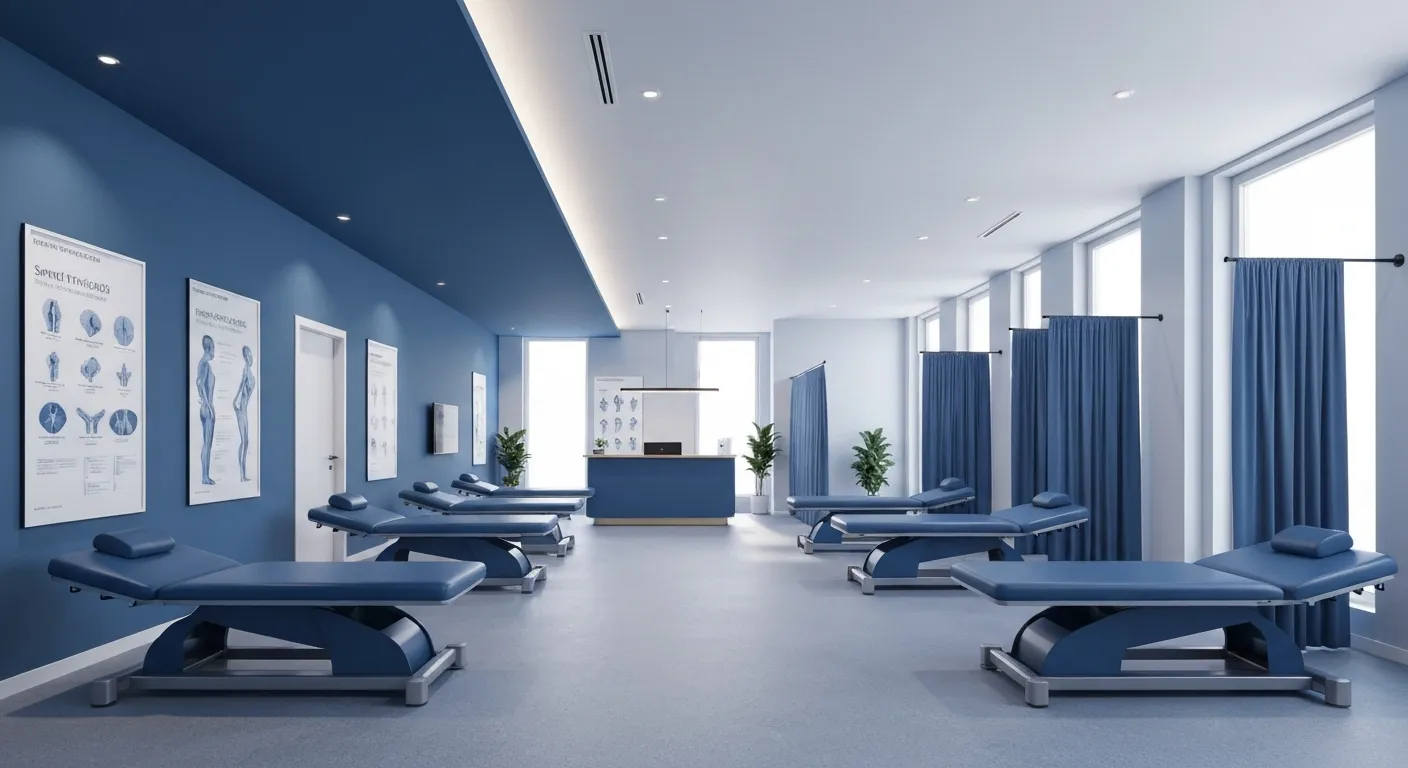
Simple Lifestyle Adjustments to Maintain a Healthy Spine
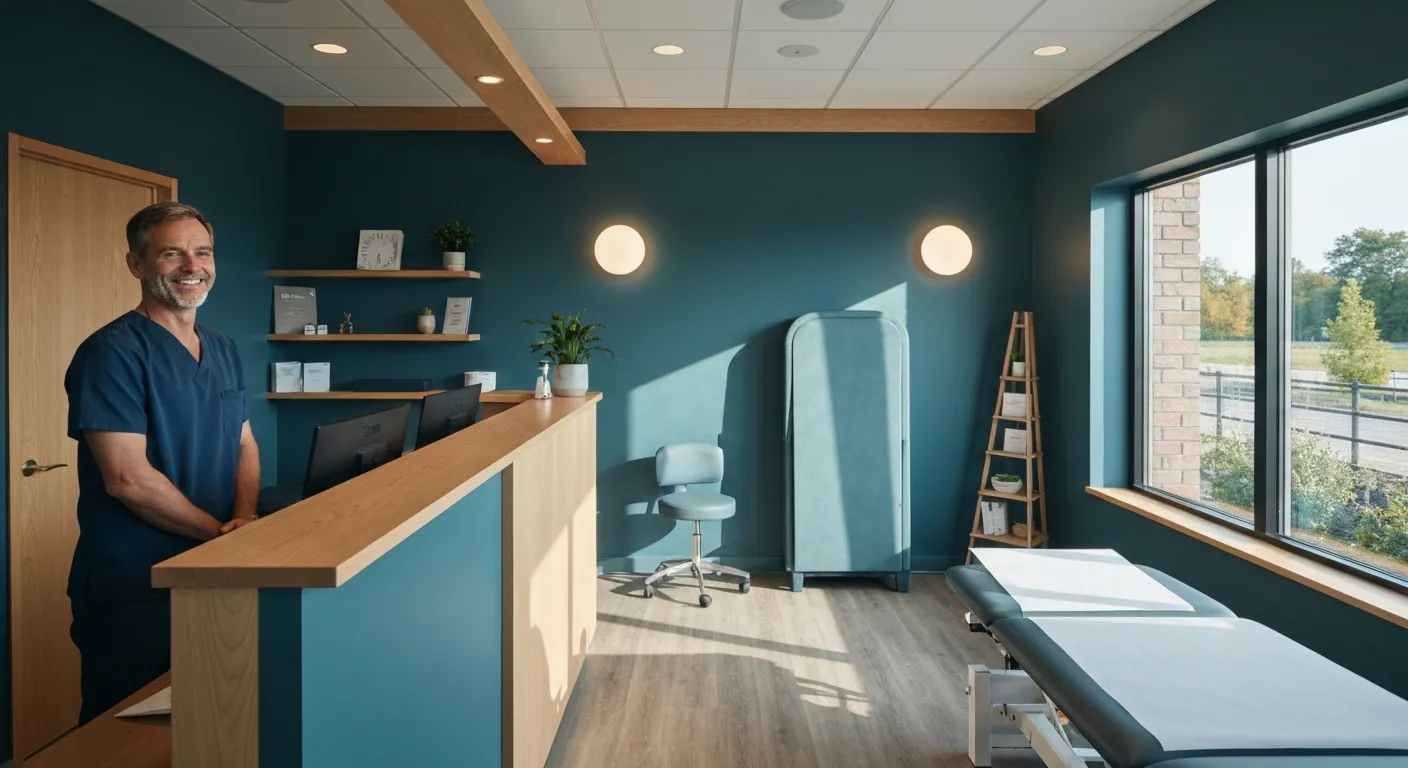
Personalized Nutritional Counseling for Improved Health Outcomes
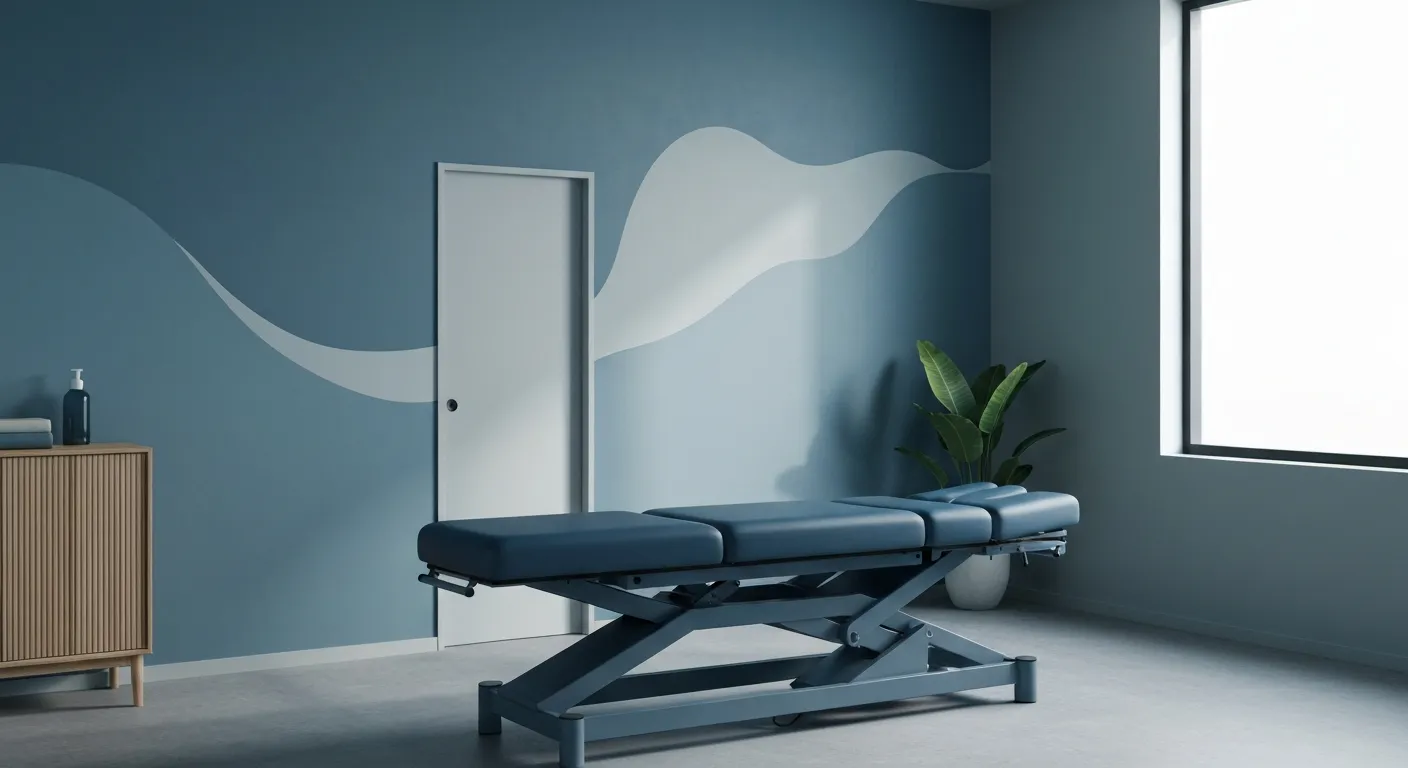
Exploring Non-Surgical Treatments for Spine-Related Conditions
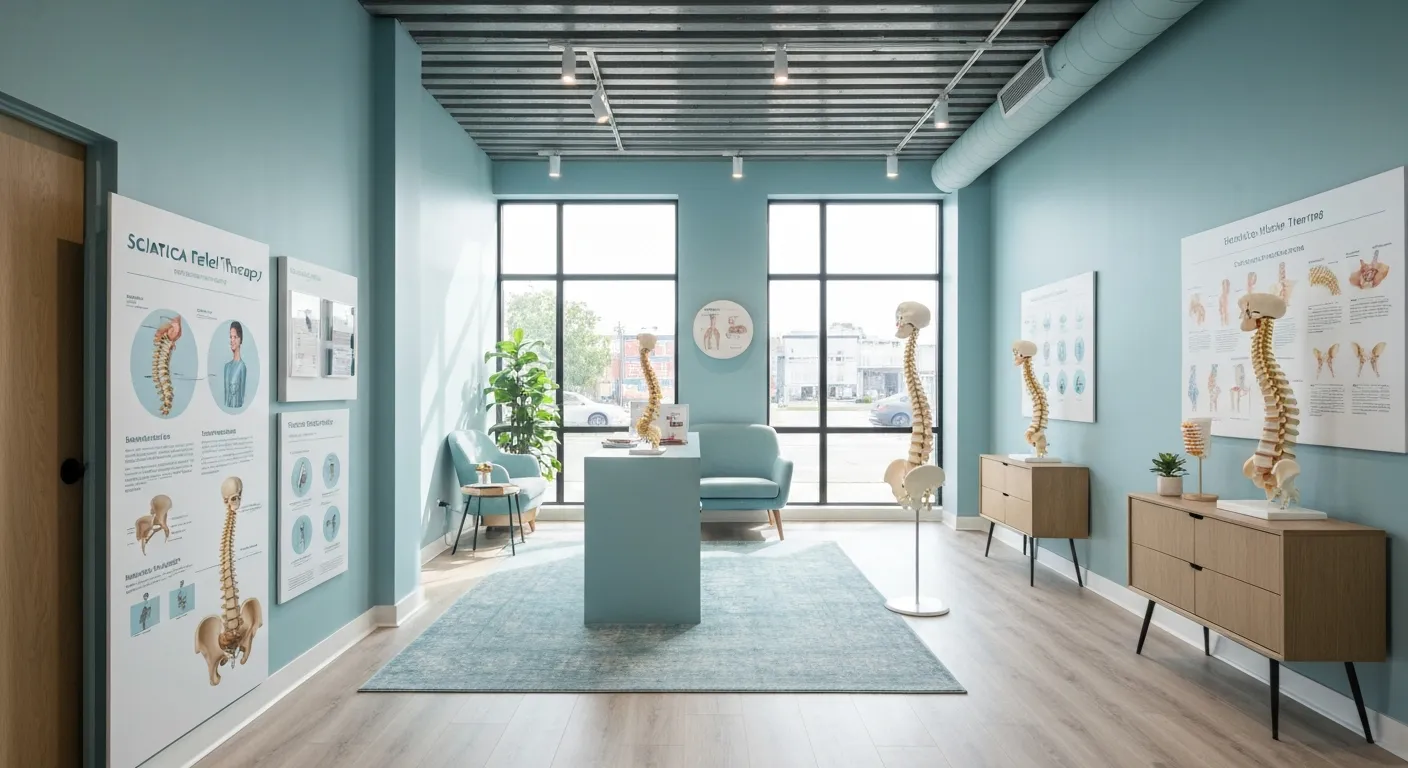
An Introduction to Spinal Decompression for Sciatica Patients

Transformative Success Stories: Patient Experiences with Chiropractic Treatments
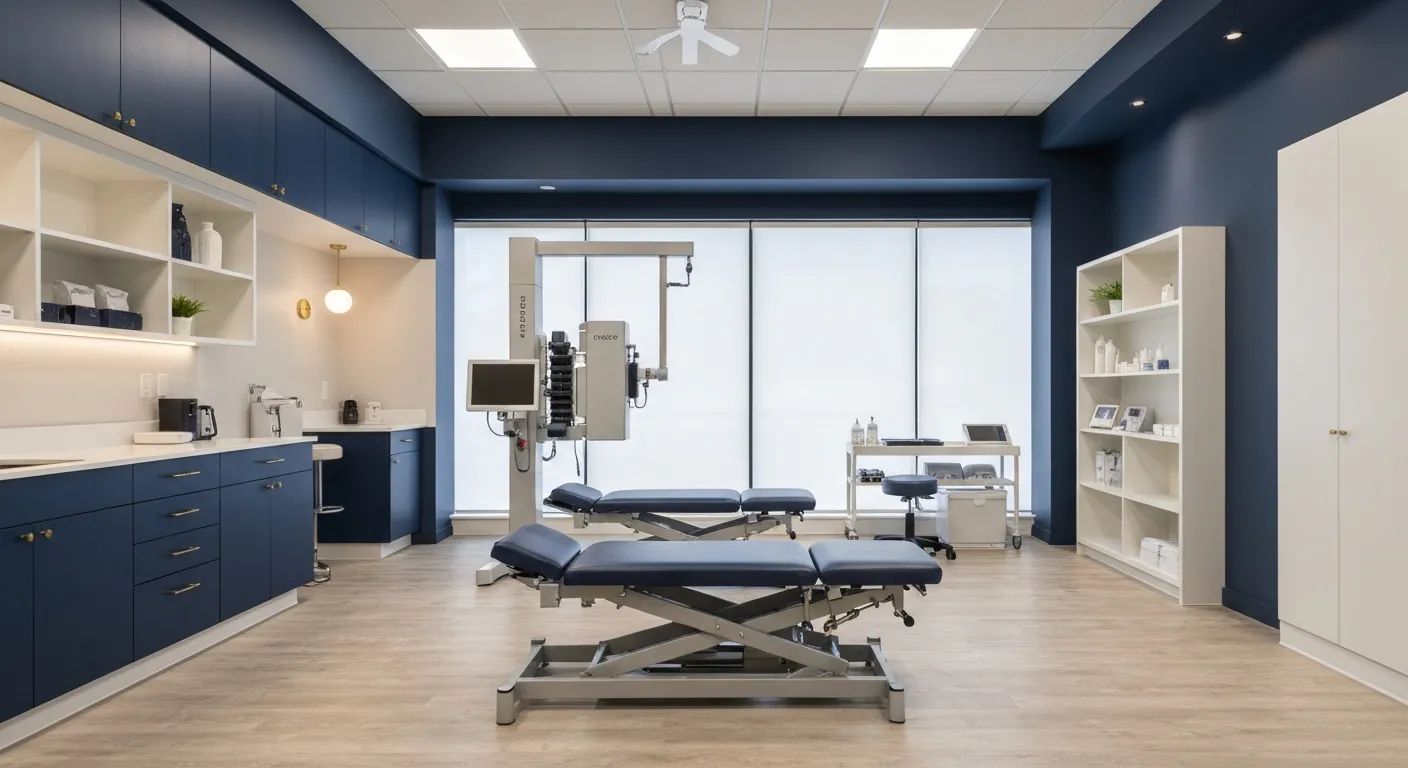
Why Chiropractic Care Is Essential for Back Pain Relief
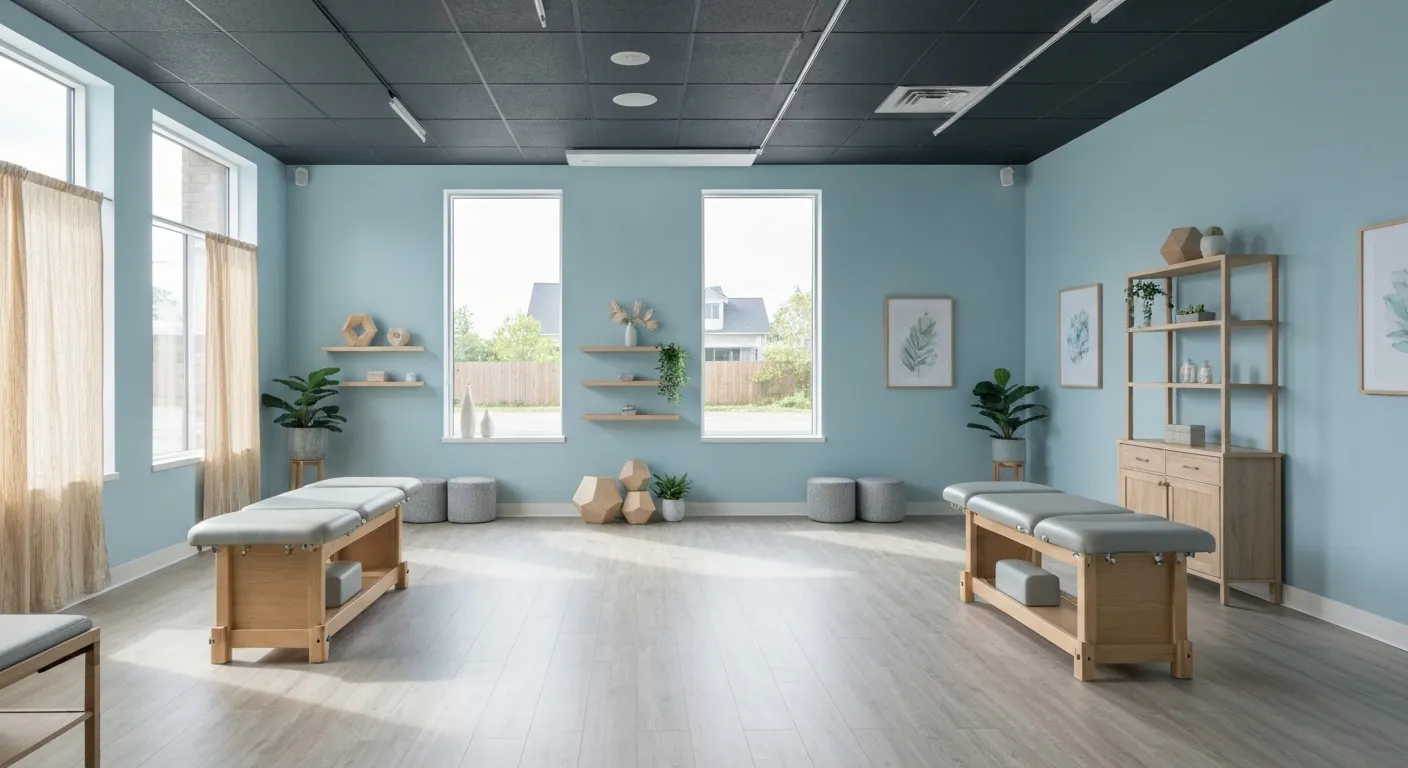
Addressing Underlying Causes Versus Symptom Management in Pain Care
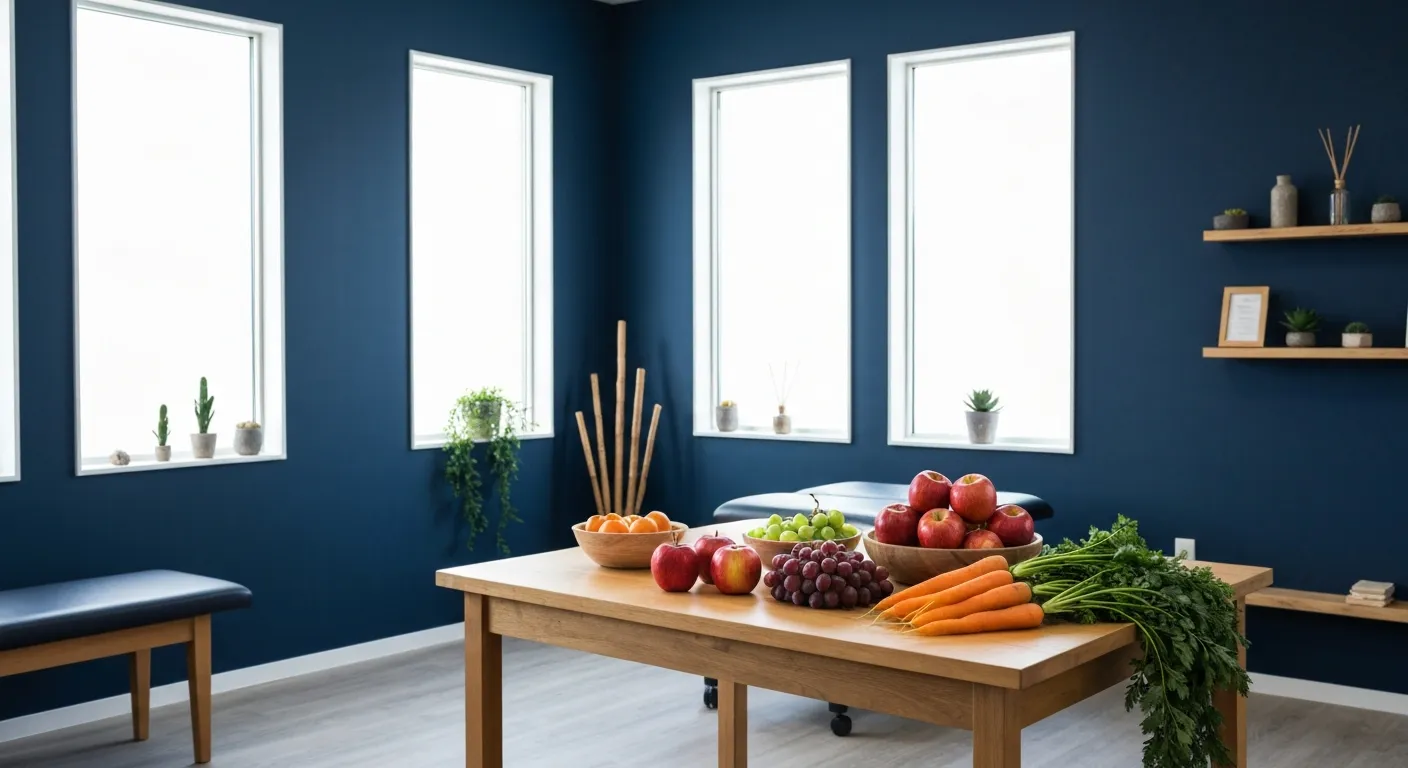
The Role of Nutrition in Enhancing Chiropractic Treatment Effectiveness
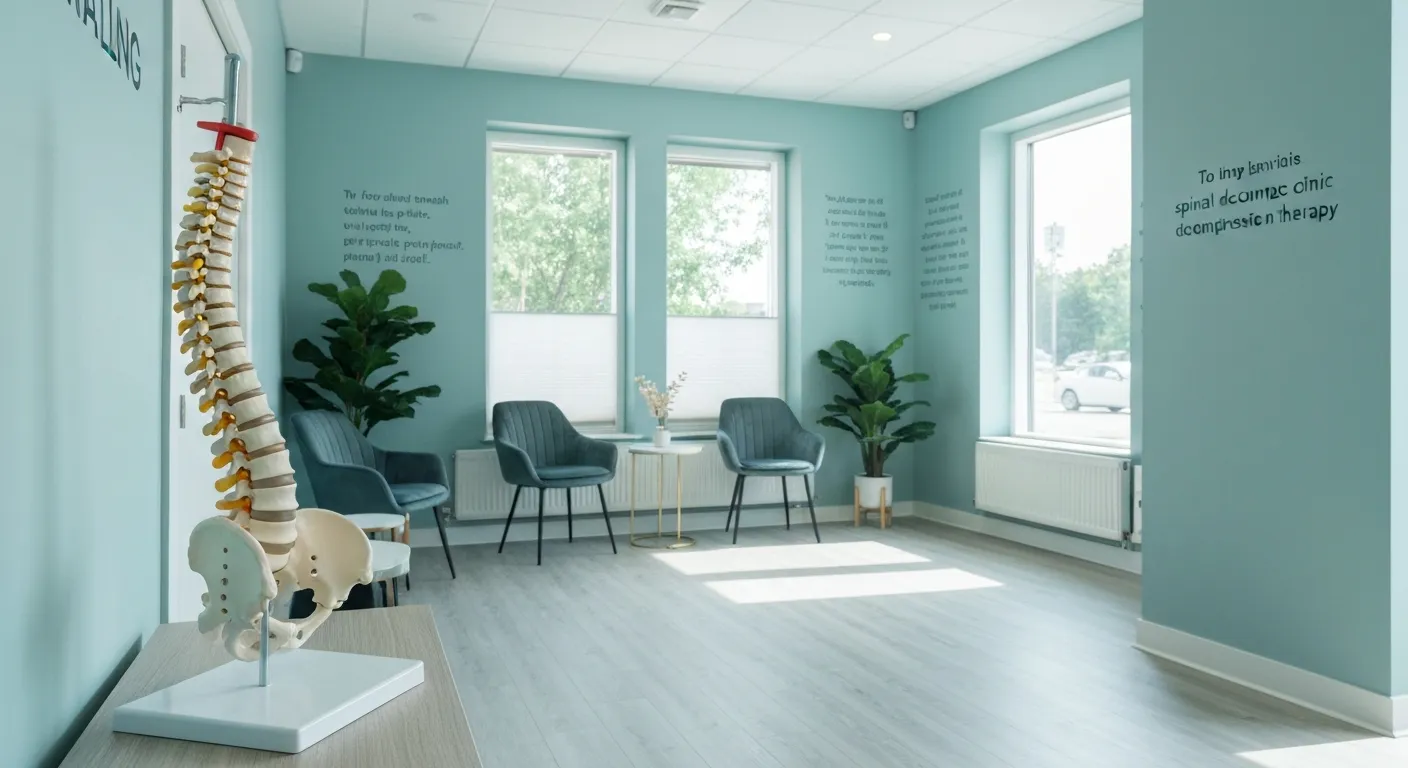
Sciatica Treatment Options: Is Spinal Decompression Right for You?

Lifestyle Tips to Maintain a Healthy Spine and Prevent Back Issues
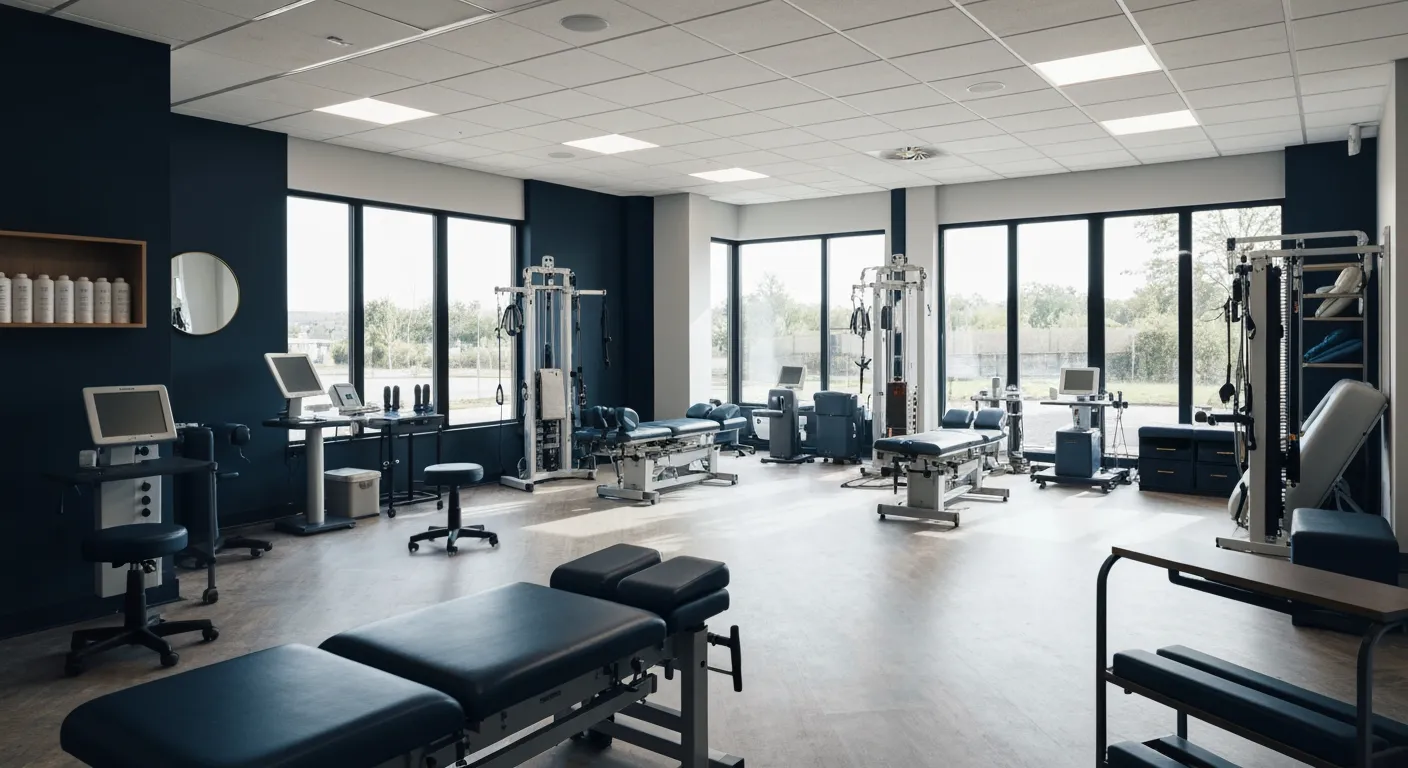
The Synergy Between Physiotherapy and Chiropractic Treatments

What Happens During Your Initial Chiropractic Consultation

Effective Corrective Exercises for Sustainable Pain Management

Taking a Root Cause Approach to Chronic Pain Management

Holistic Pain Management Techniques Without Surgery

How Patient Success Stories Validate Chiropractic Care Benefits

Spinal Decompression: Innovative Treatment for Sciatic Nerve Pain

Spinal Decompression Therapy: A Non-Invasive Approach to Sciatica Relief

Exploring Holistic Approaches Beyond Surgery for Pain Relief

Practical Lifestyle Advice to Support a Healthy Spine Every Day

Corrective Exercise Routines Designed for Long-Term Pain Prevention

Real Patient Stories: Overcoming Chronic Pain with Chiropractic Care

Lifestyle Changes That Promote a Healthy Spine and Prevent Injury

How Addressing the Root Cause of Pain Leads to Lasting Relief

Non-Surgical Holistic Therapies to Manage Chronic Pain Effectively

Nutritional Counseling's Impact on Physical Health and Healing

Benefits of Regular Chiropractic Care for a Stronger Back

Your First Chiropractic Visit: What to Expect and How to Prepare

Patient Experiences: How Chiropractic Care Transformed Their Lives

Exploring Holistic, Non-Surgical Options for Pain Management

Combining Physiotherapy with Chiropractic Treatments for Enhanced Recovery

Holistic Treatments That Offer Alternatives to Surgery for Pain Relief

Corrective Exercise Strategies for Long-Term Spine Health

How Physiotherapy Complements Chiropractic Adjustments for Better Outcomes

First-Time Chiropractic Visitors: What You Should Know

Understanding the Importance of Treating Pain at Its Source

Adopting Lifestyle Changes to Support Your Spine's Wellness

Utilizing Physiotherapy to Enhance Chiropractic Treatment Outcomes

The Key Advantages of Chiropractic Care for Back Pain Sufferers

Why Focusing on Root Causes Improves Pain Treatment Success

Corrective Exercises That Promote Lasting Pain Relief and Mobility

Sciatica Relief Through Targeted Spinal Decompression Techniques

Preparing for Your First Chiropractic Appointment with Confidence

Healthy Lifestyle Habits for Maintaining Spinal Alignment

Success Stories Highlighting Chiropractic's Role in Pain Recovery

Top Benefits of Chiropractic Care for Chronic Back Pain

Nutrition Tips to Boost Your Overall Wellness and Recovery

How Chiropractic Care Alleviates Back Pain Naturally

How Nutritional Counseling Supports Overall Wellness and Spine Health

Step-by-Step Guide to Your First Visit with a Chiropractor

Using Nutrition to Support Chiropractic and Overall Wellness

Integrating Physiotherapy in Your Chiropractic Healing Journey

How Physiotherapy Complements Chiropractic Adjustments for Faster Healing

Lifestyle Tips for Maintaining a Healthy Spine and Preventing Back Pain

Heartwarming Patient Testimonials Highlighting Chiropractic Success

How Proper Nutrition Supports Chiropractic and Physiotherapy Treatments

Combining Physiotherapy and Chiropractic Treatments for Optimal Recovery

Why Chiropractic Treatments Are Effective for Managing Back Pain

Choosing a Chiropractor: Tips for Finding a Trusted Provider

Integrating Physiotherapy and Chiropractic: Benefits and What to Expect

How Tailored Corrective Exercises Can Aid in Pain Management

Chiropractic Care: A Proven Solution for Alleviating Back Pain

What to Expect at Your First Chiropractic Visit: A Comprehensive Guide

The Importance of Root Cause Analysis in Effective Pain Management
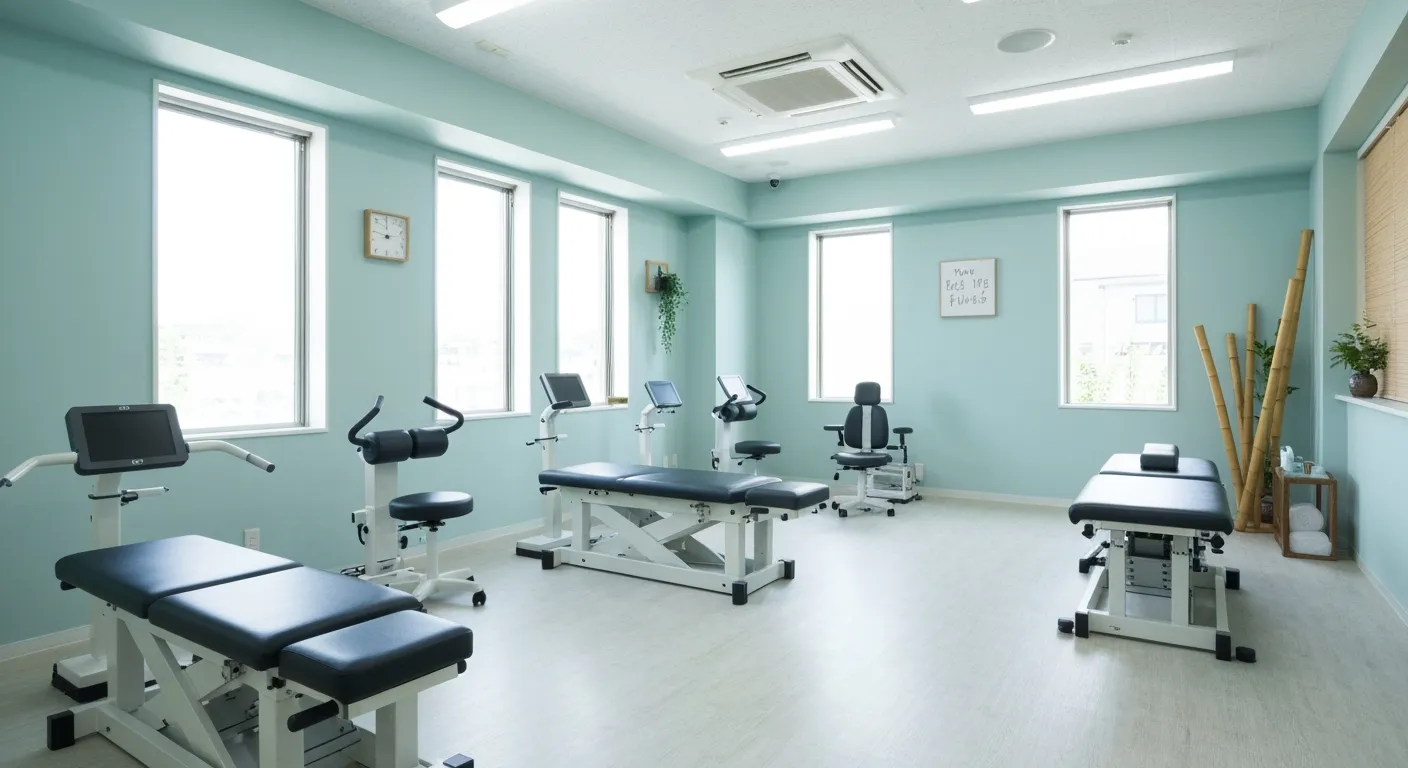
The Role of Corrective Exercises in Sustaining Pain-Free Living

Combining Chiropractic and Physiotherapy for Comprehensive Pain Relief
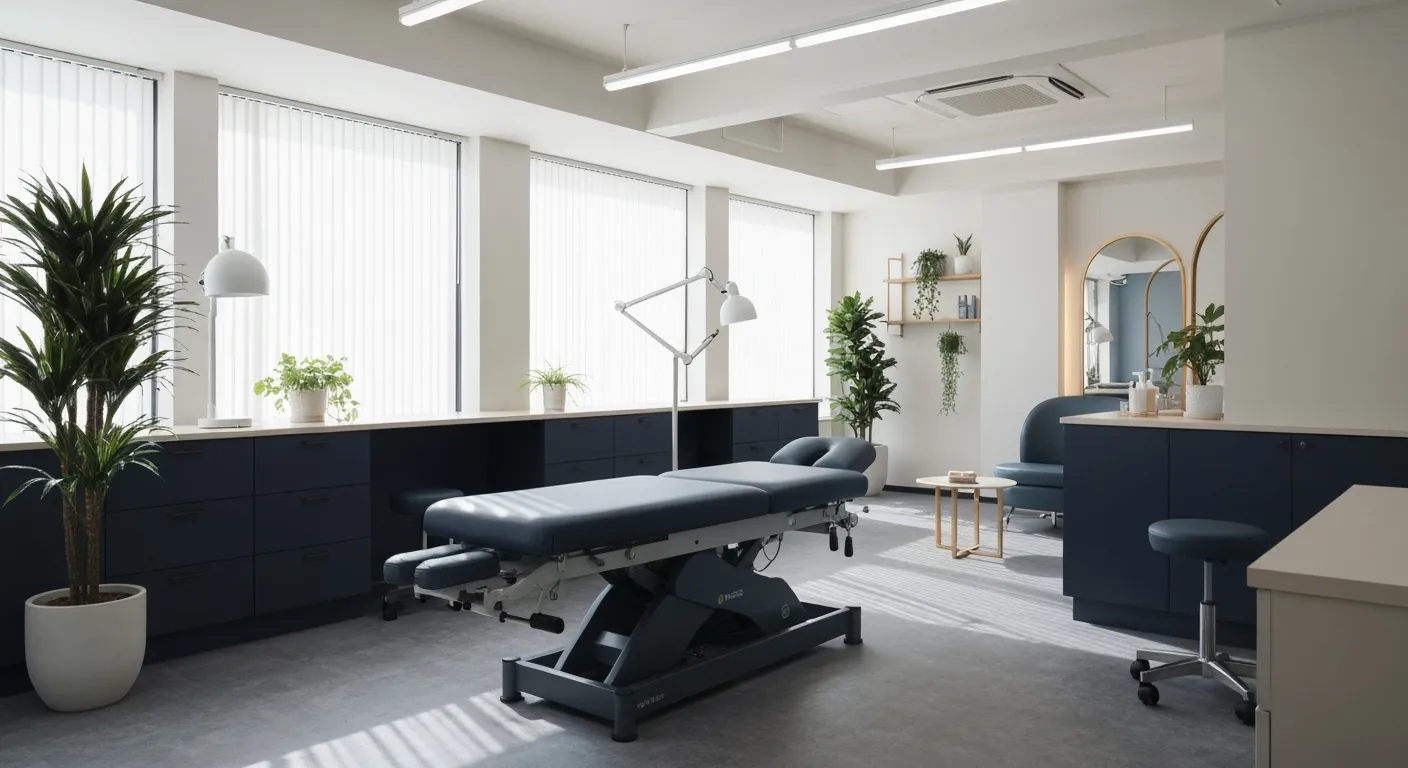
How Addressing Underlying Causes Improves Pain Treatment Effectiveness

Maintaining Spinal Health Through Lifestyle Changes and Preventive Care
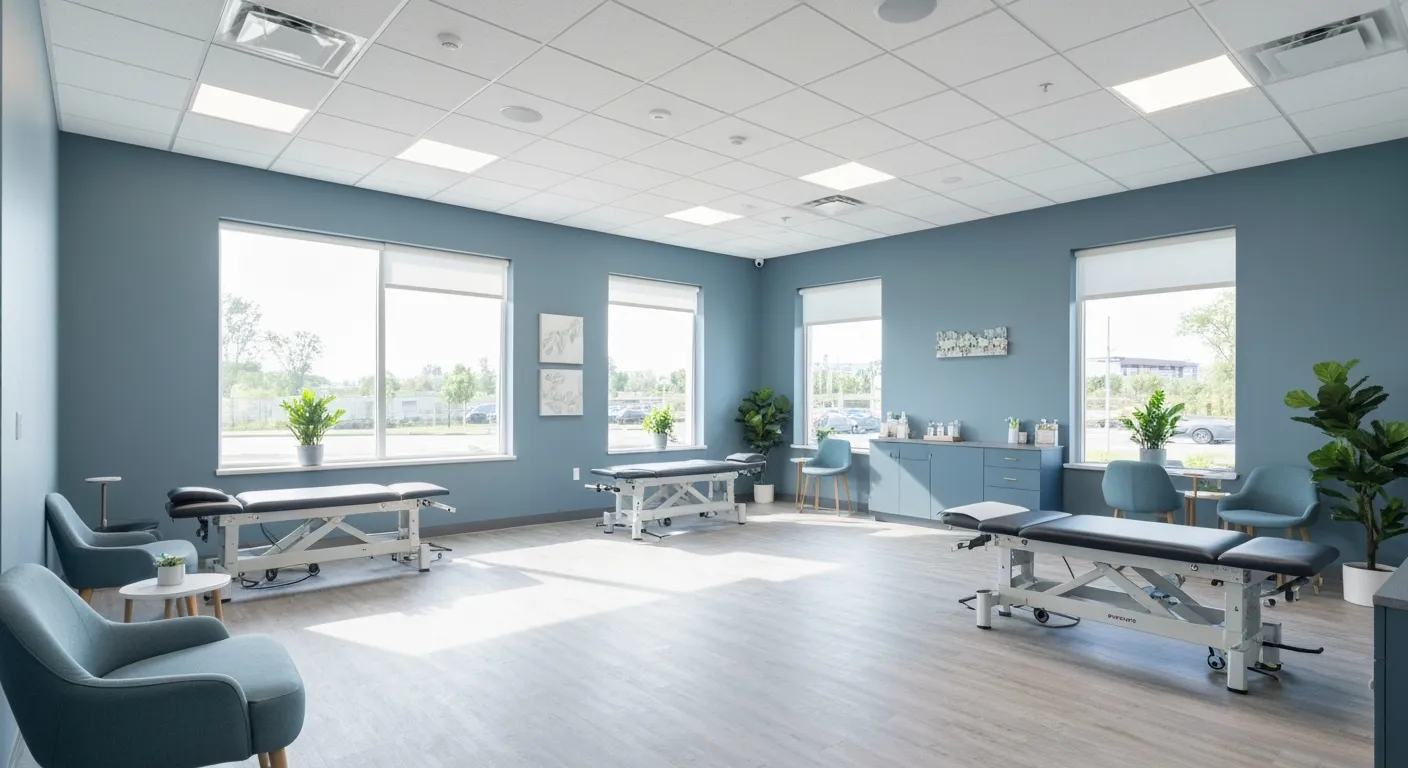
Understanding the Benefits of Chiropractic Adjustments for Back Pain Sufferers

Spinal Decompression Therapy: A New Hope for Sciatica Relief

Lifestyle Recommendations to Support a Healthy Spine and Reduce Pain
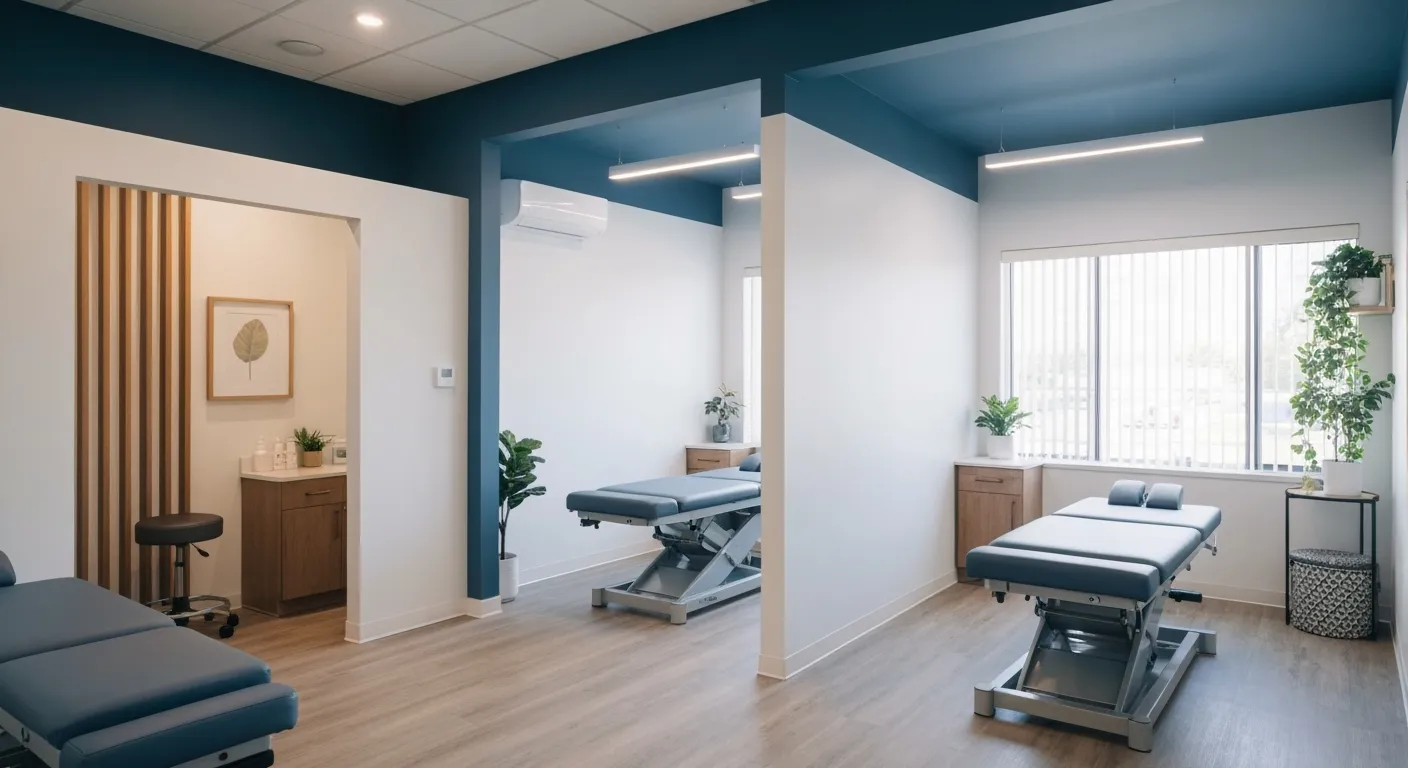
Choosing the Right Chiropractor: Key Factors to Consider Before Your First Appointment
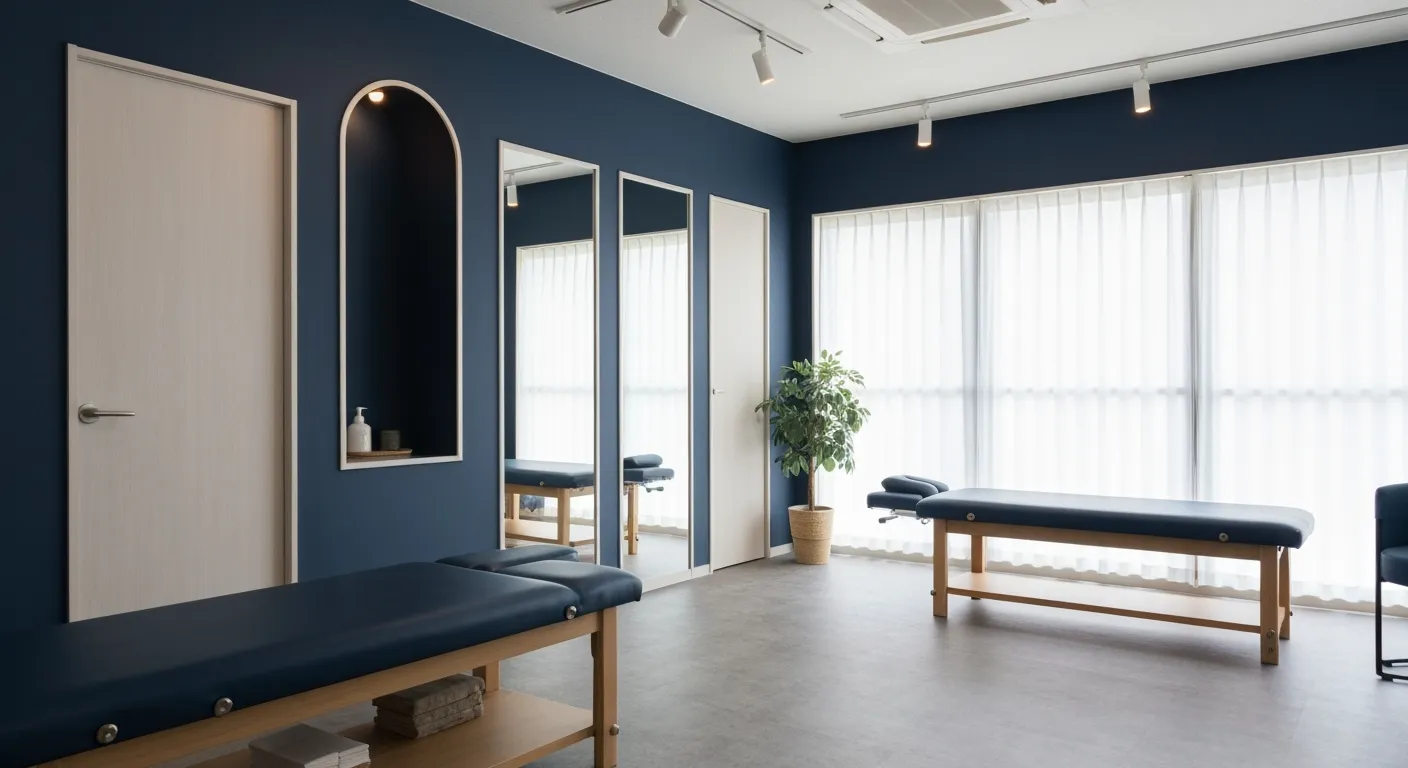
Non-Invasive Treatment Alternatives: A Holistic Approach to Pain Relief
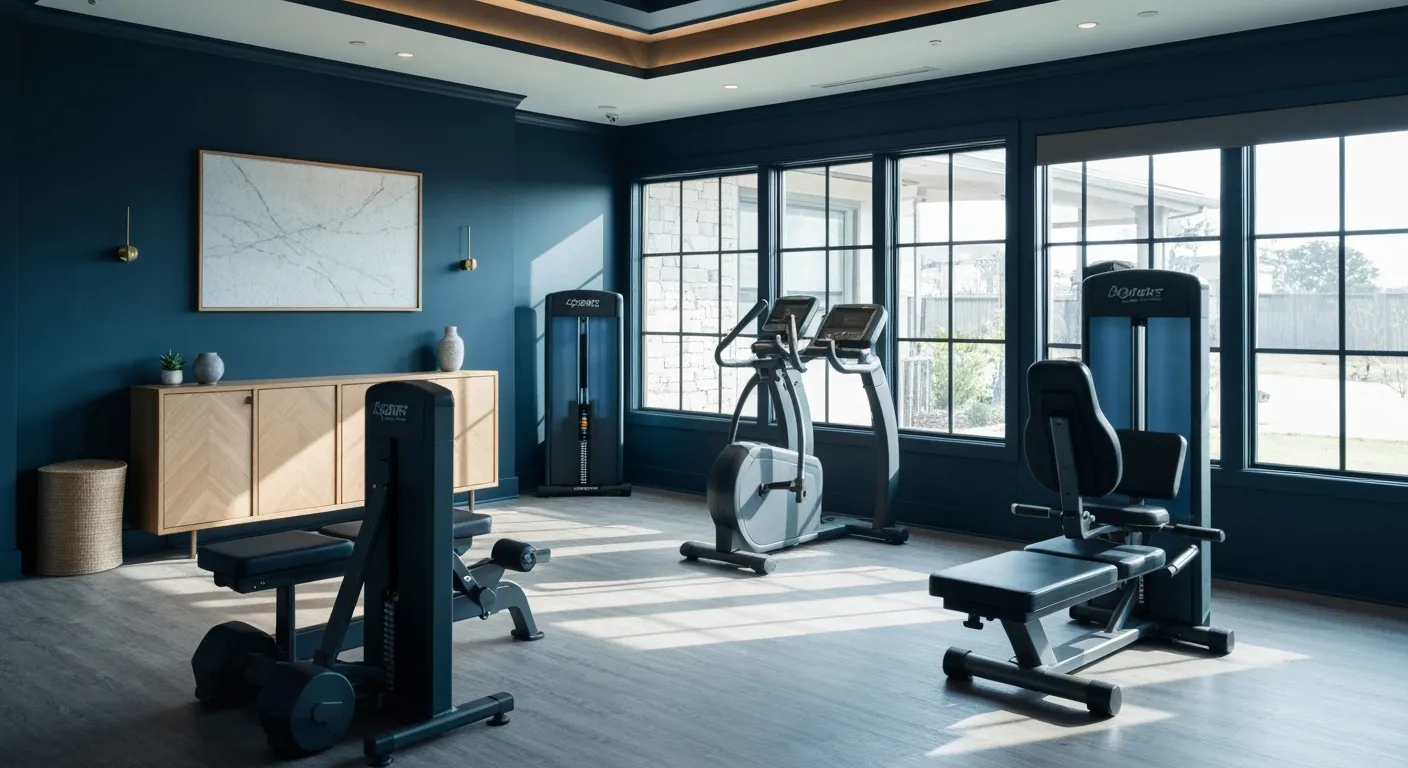
Corrective Exercises to Support Long-Term Relief from Chronic Pain

Exploring Non-Surgical Approaches to Spine Health and Wellness

Tips for Daily Habits That Keep Your Spine Strong

Success Stories: How Chiropractic Treatments Changed Lives

Why Focusing on the Root Cause of Pain Leads to Better Outcomes
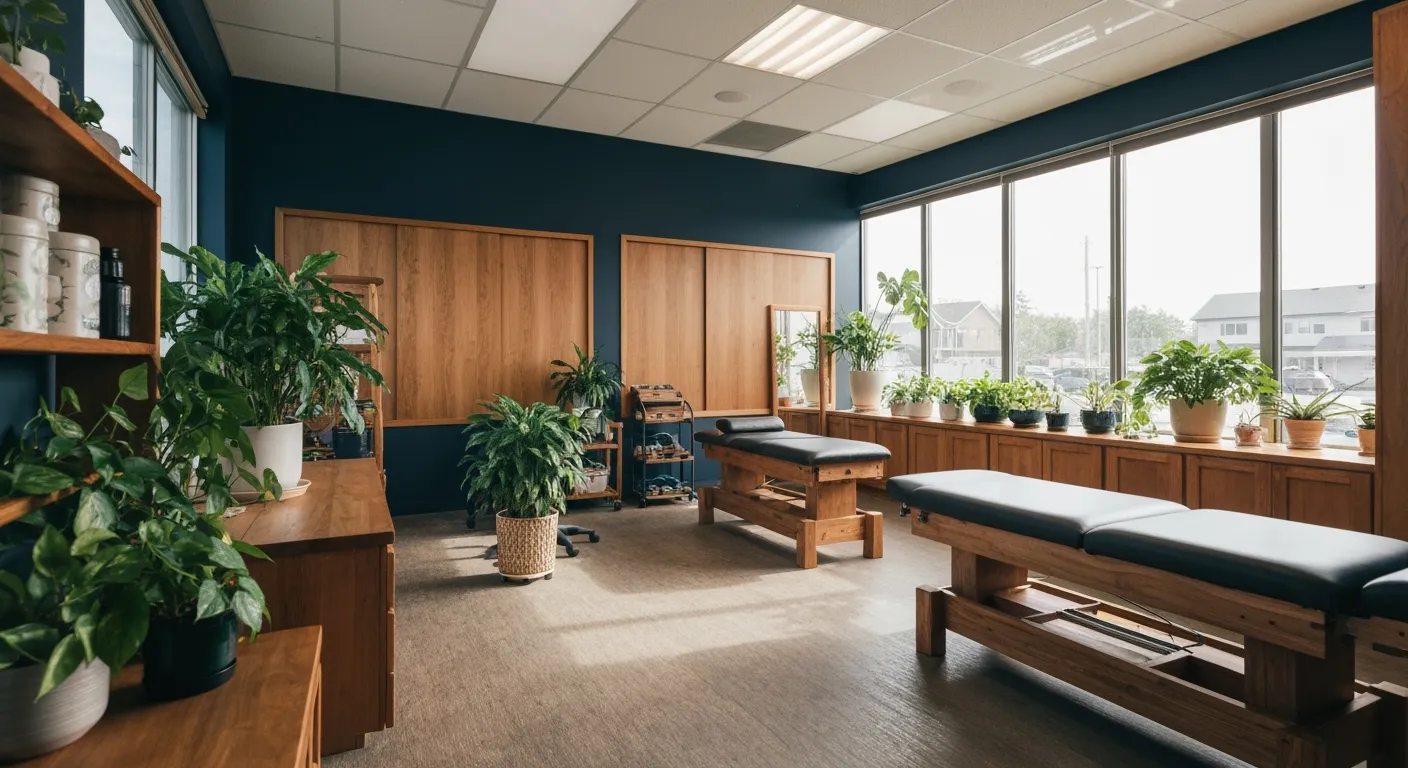
Nutritional Counseling and Its Impact on Overall Wellness and Recovery
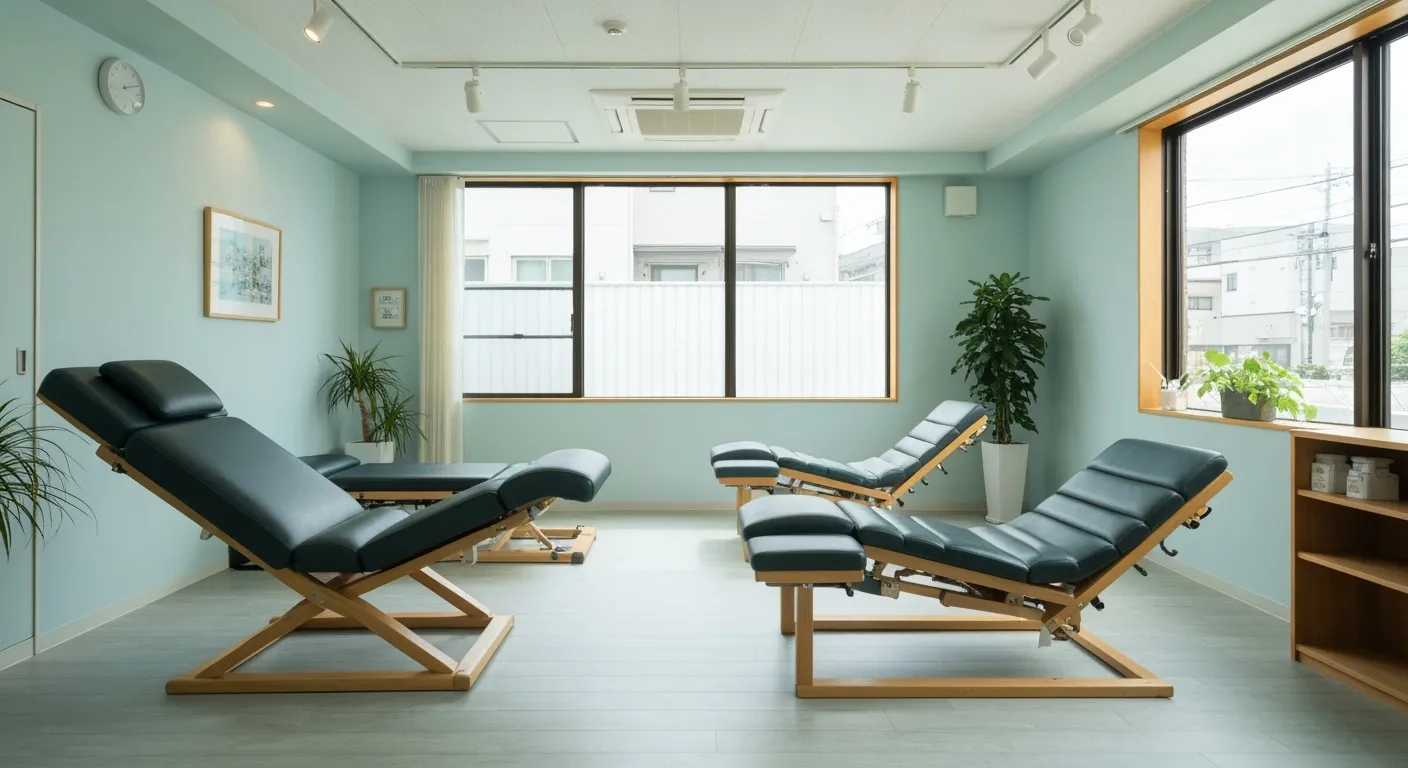
Patient Testimonials That Showcase the Power of Chiropractic Care
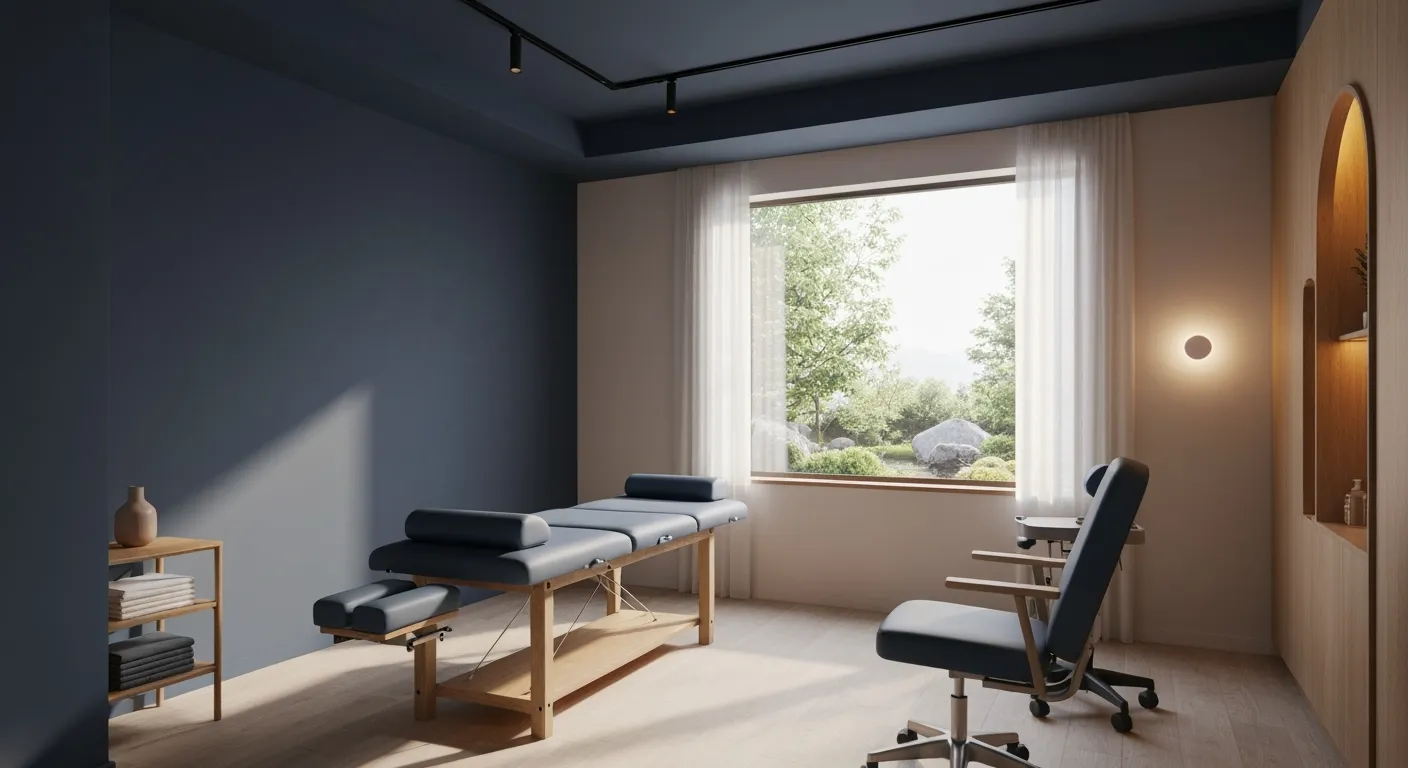
Preparing for Your First Chiropractic Appointment: What You Need to Know

Holistic Treatment Options: Beyond Surgery for Pain Relief

Holistic Pain Relief Methods That Avoid Surgery
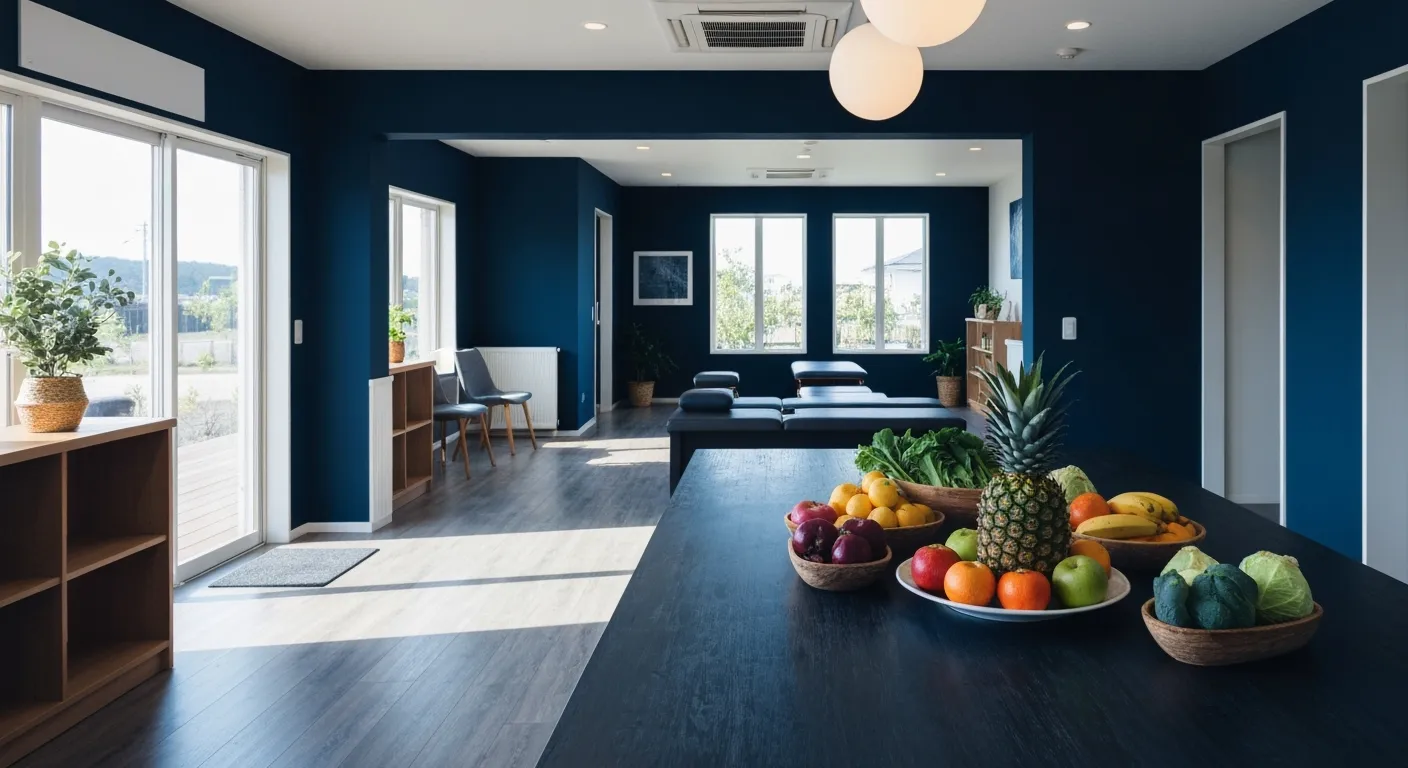
Nutritional Strategies for Supporting Spine Health and Recovery

First Chiropractic Visit: What Happens and How to Prepare
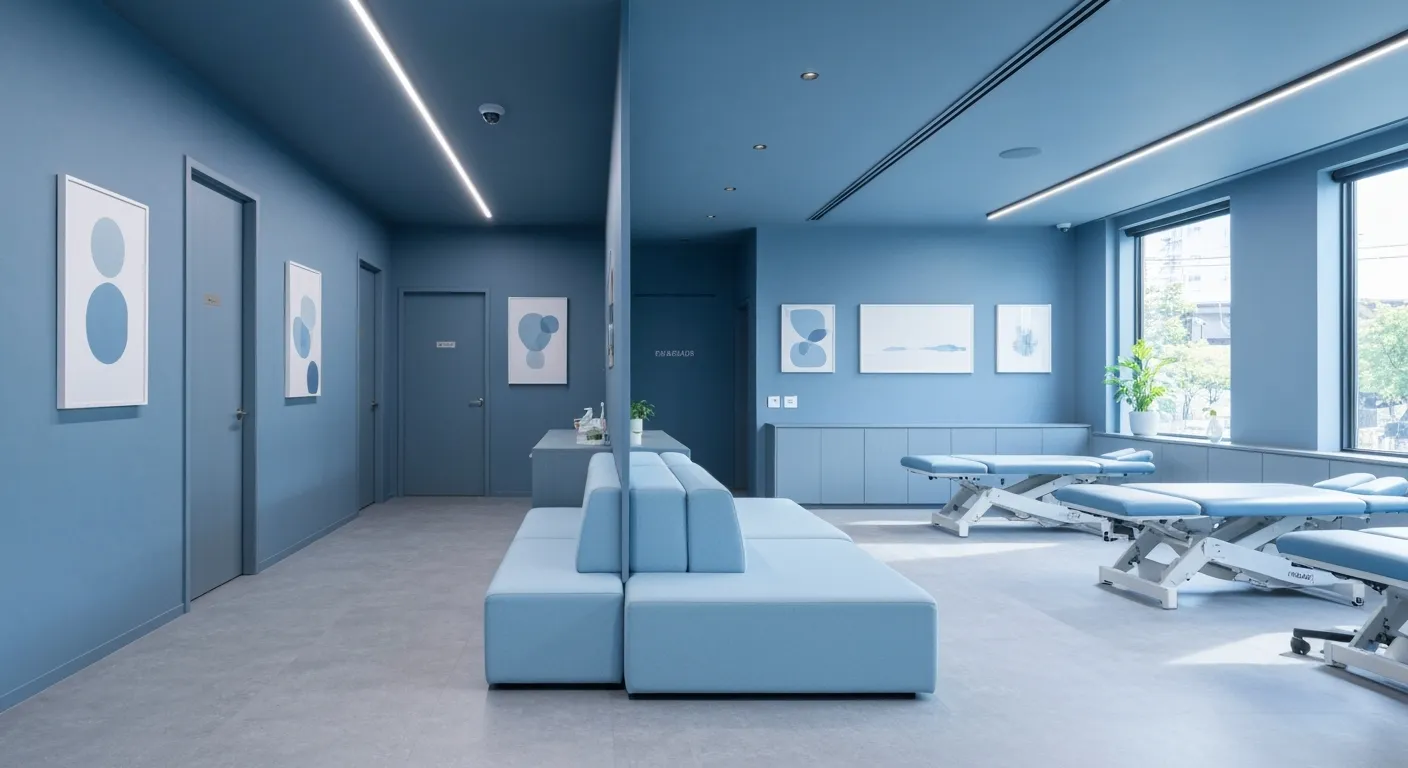
Chiropractic Patient Success Stories: Inspiring Journeys to Wellness
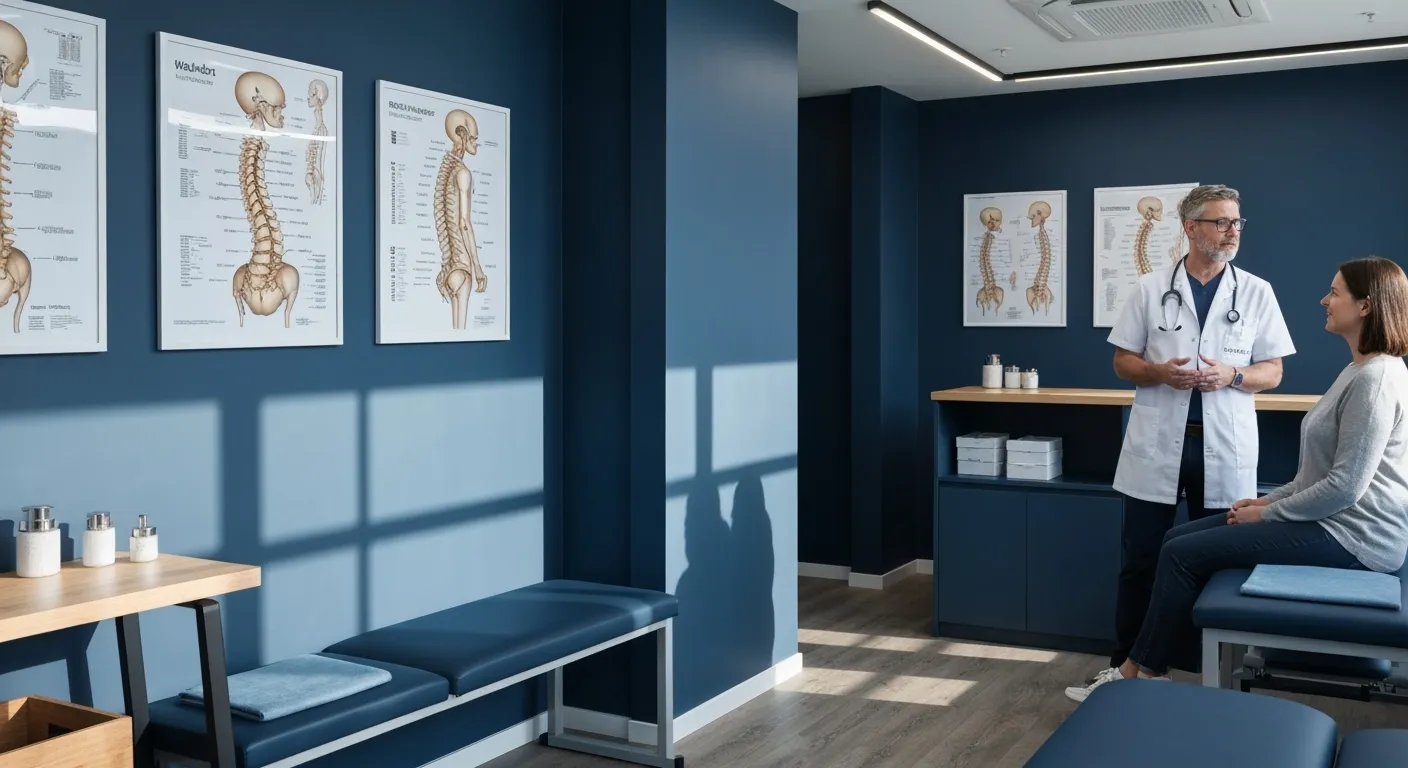
Effectiveness of Spinal Decompression Therapy in Managing Sciatic Nerve Pain
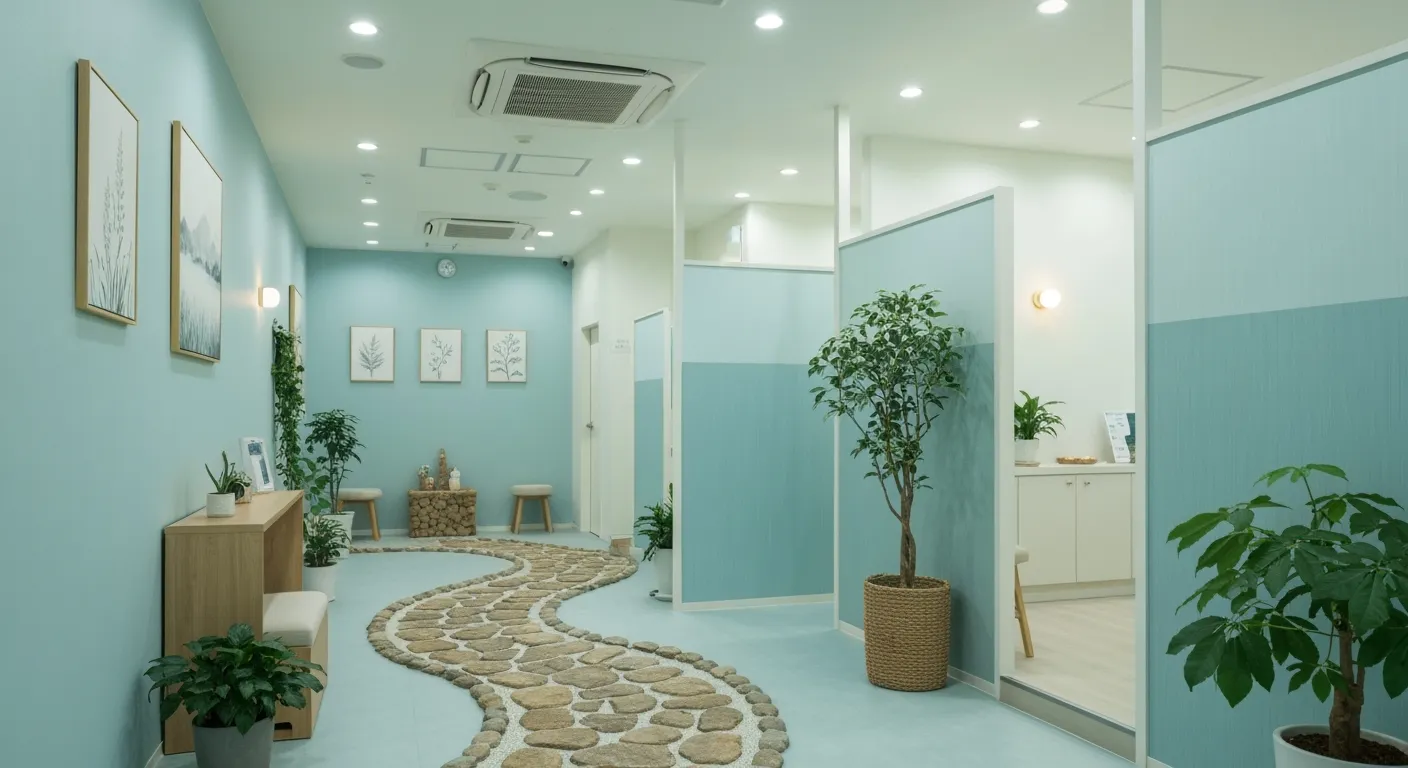
Addressing Pain at Its Source: Why Treating the Root Cause Matters

Corrective Exercise Programs Designed for Long-Term Pain Prevention
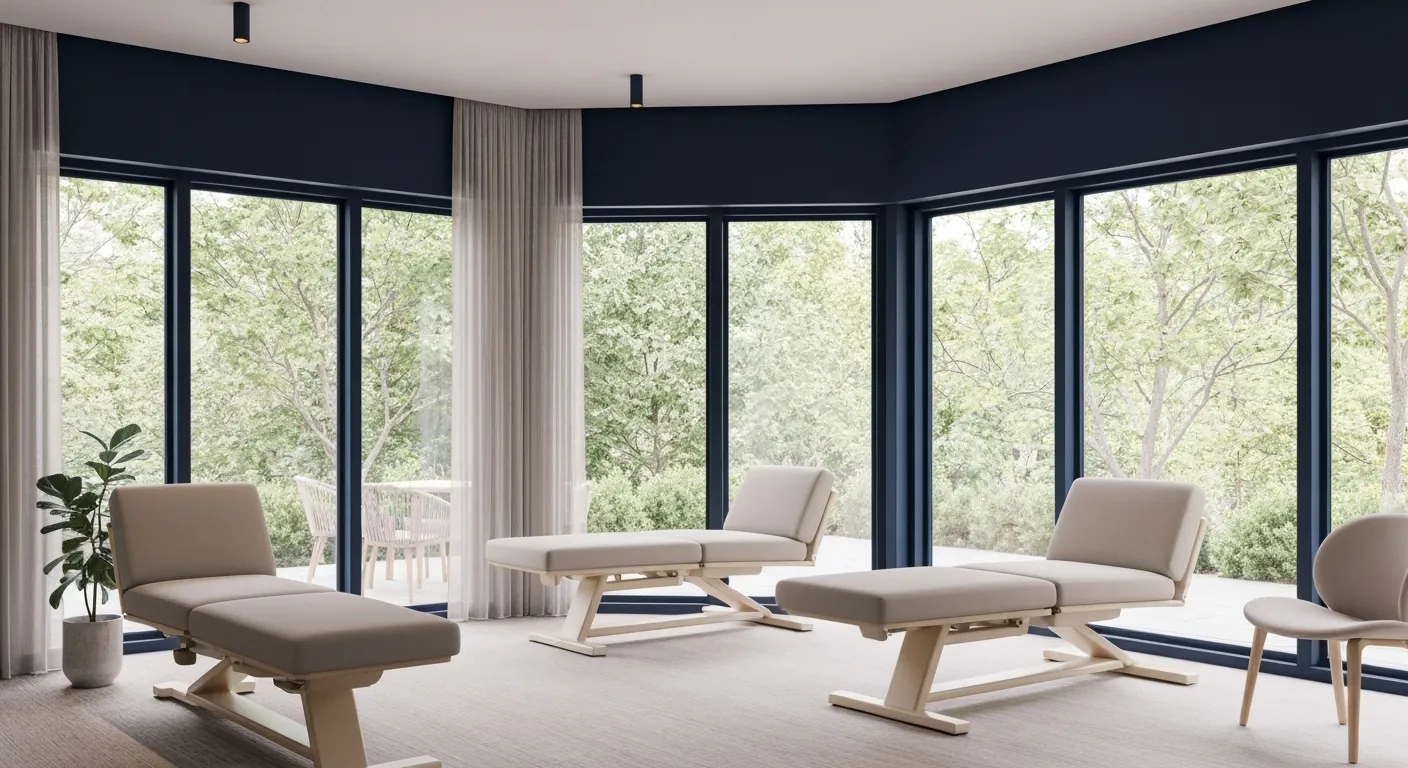
Healthy Lifestyle Advice for Maintaining Spinal Alignment
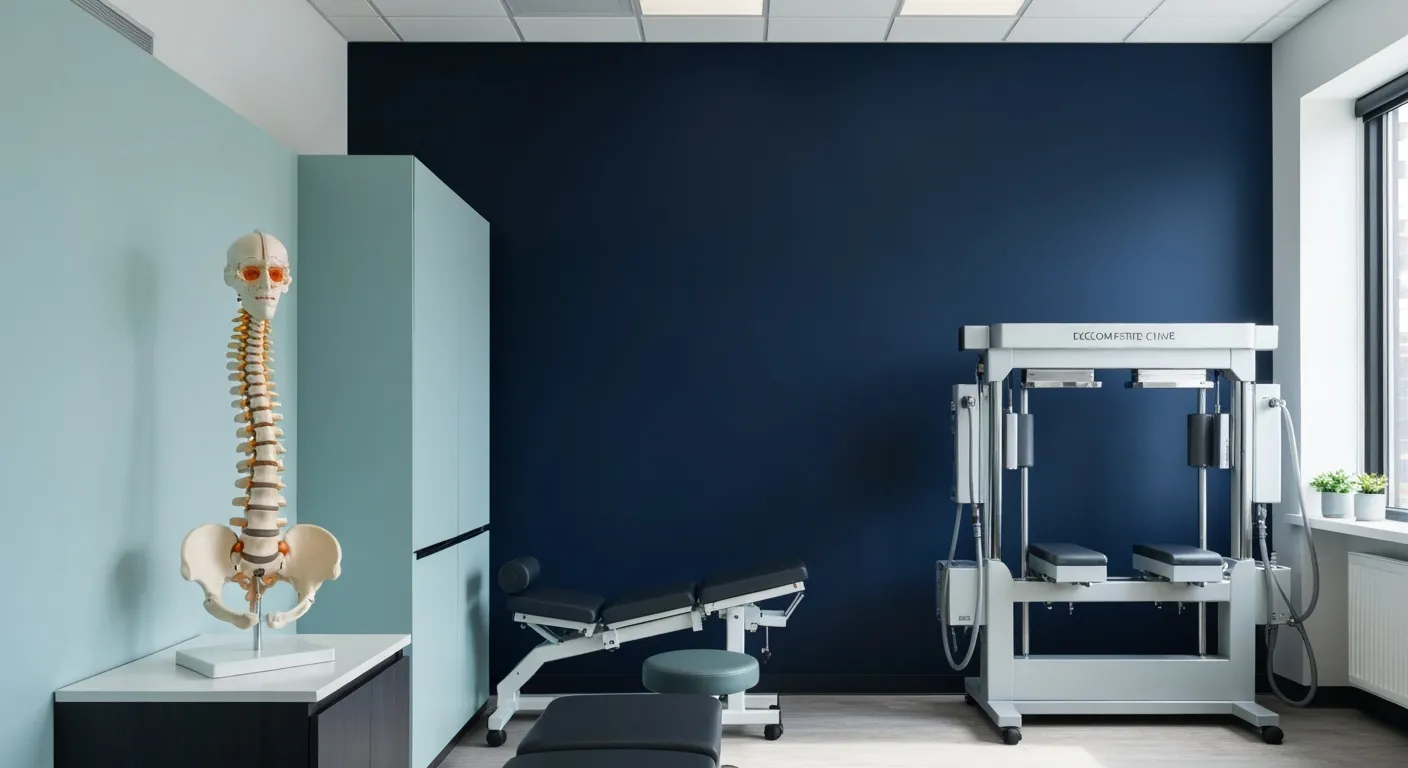
Understanding Spinal Decompression as a Treatment for Sciatica Pain
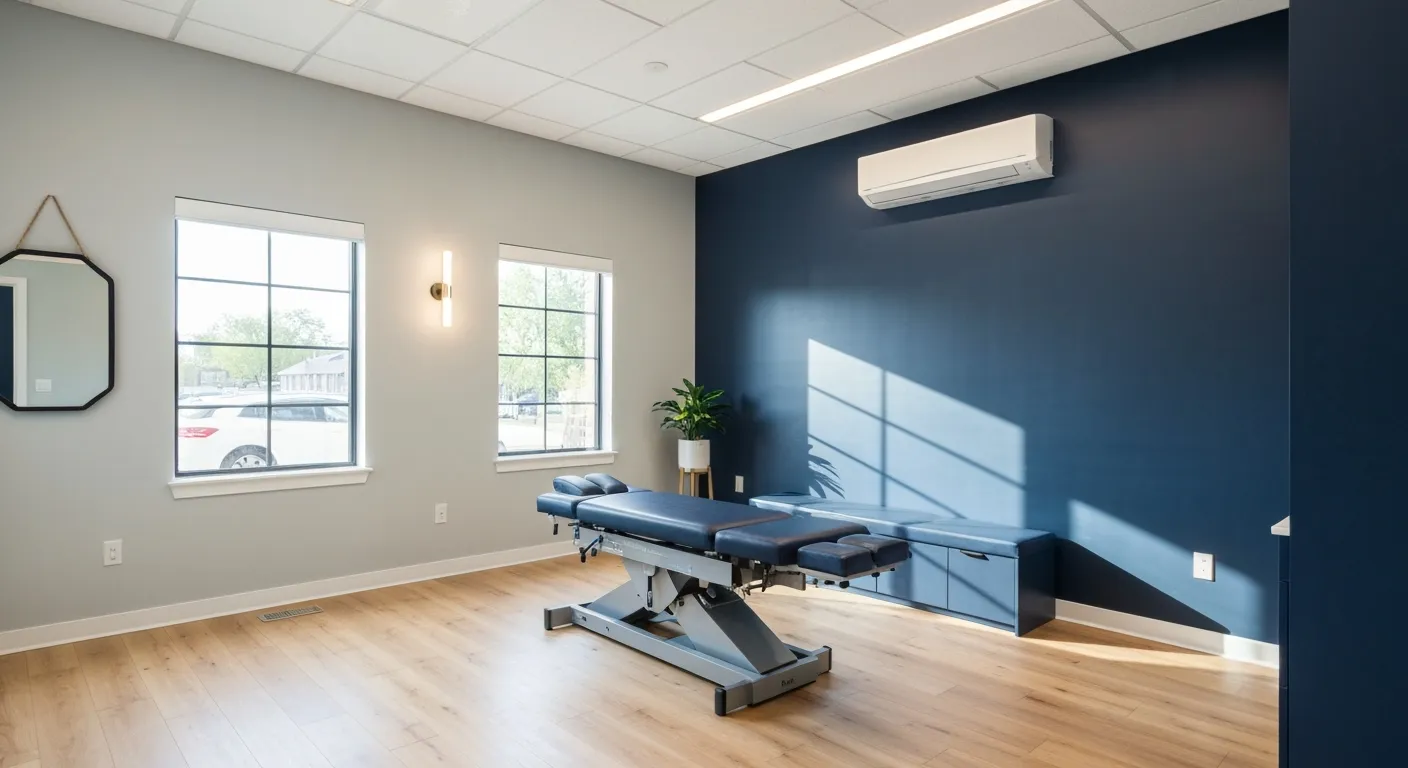
Benefits of Chiropractic Care Specifically for Back Pain Relief

Understanding Gait Analysis in Physiotherapy
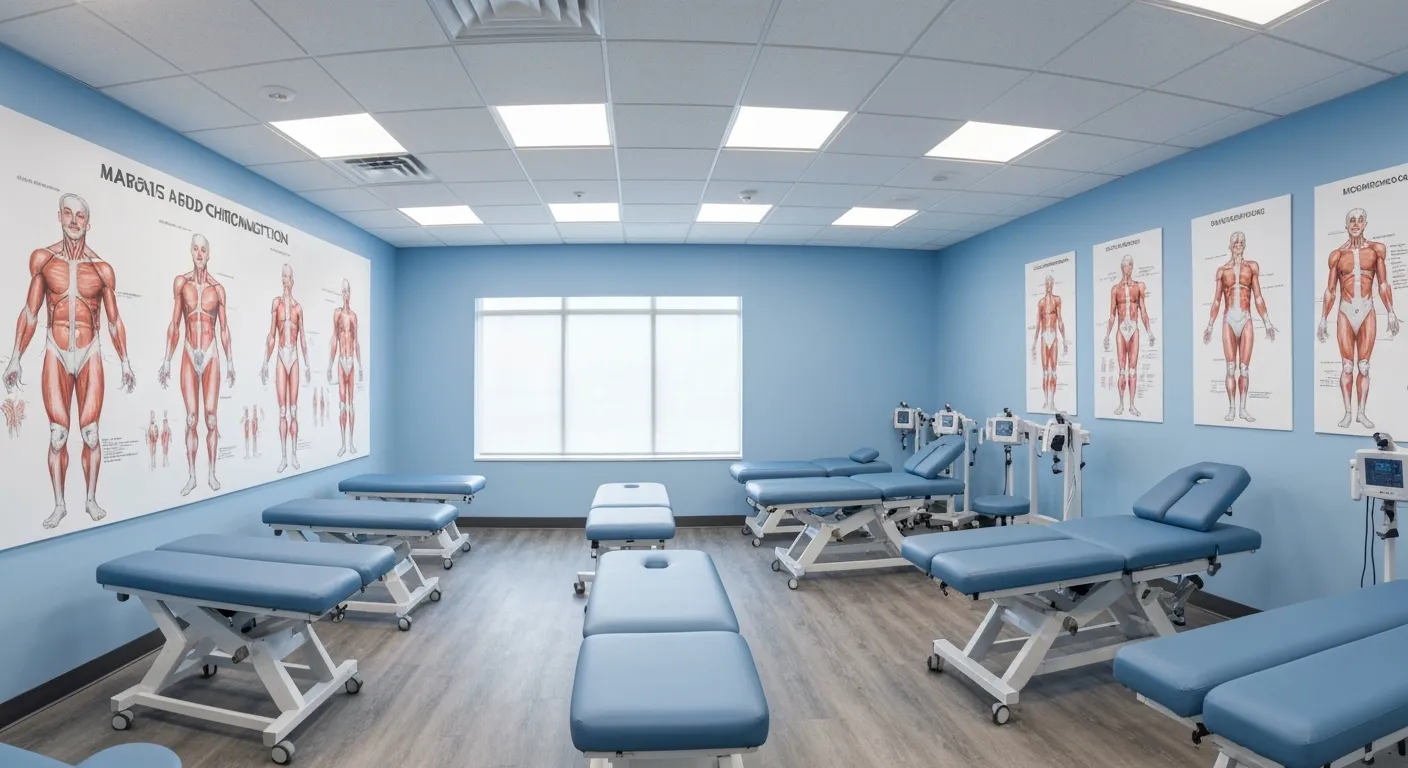
The Difference Between Muscle Soreness and Dysfunction

Workplace Stress Statistics: How Muscle Tension Impacts Productivity

How Physiotherapy Improves Mobility for Seniors
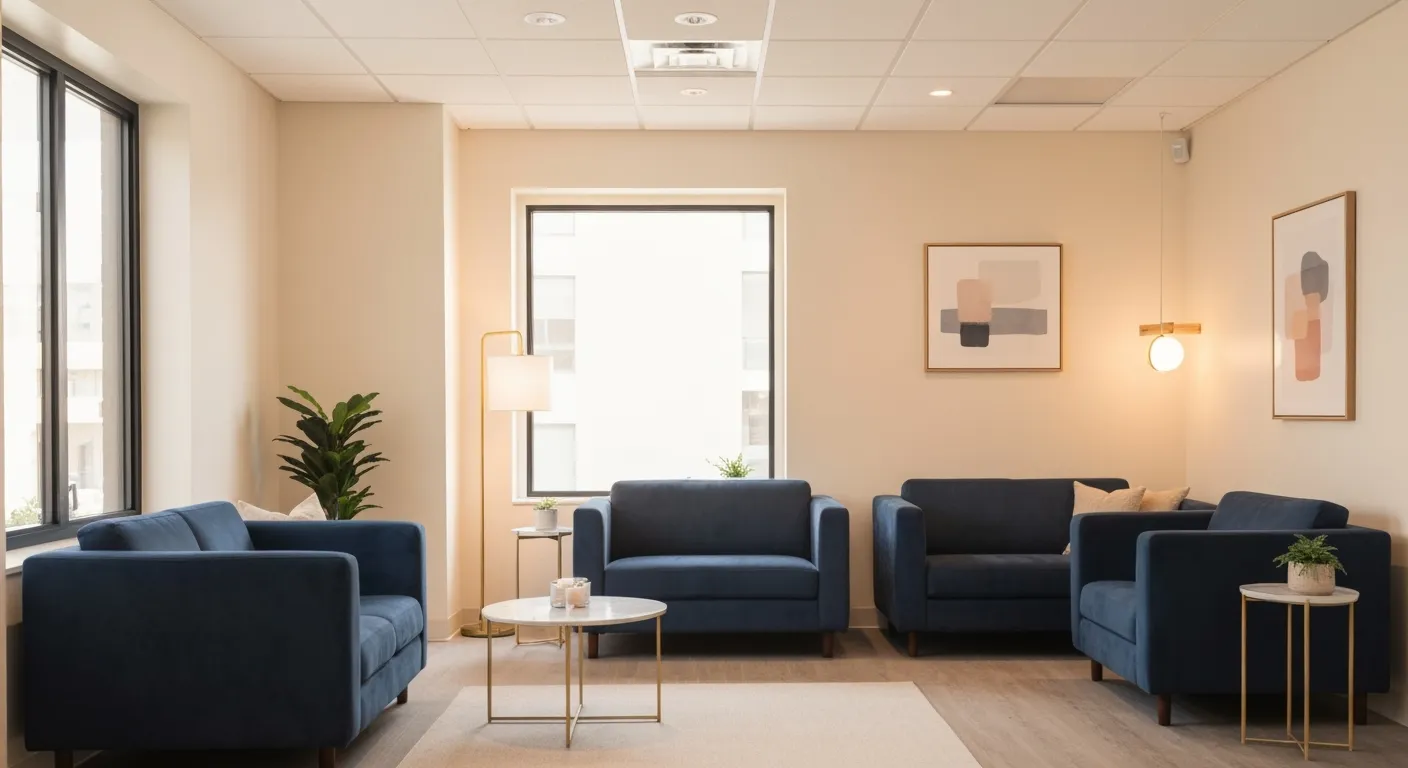
How to Communicate Pain Levels to Your Therapist Effectively

Physiotherapy Interventions for Balance and Fall Prevention

How Physiotherapy Helps Post-Surgical Recovery

